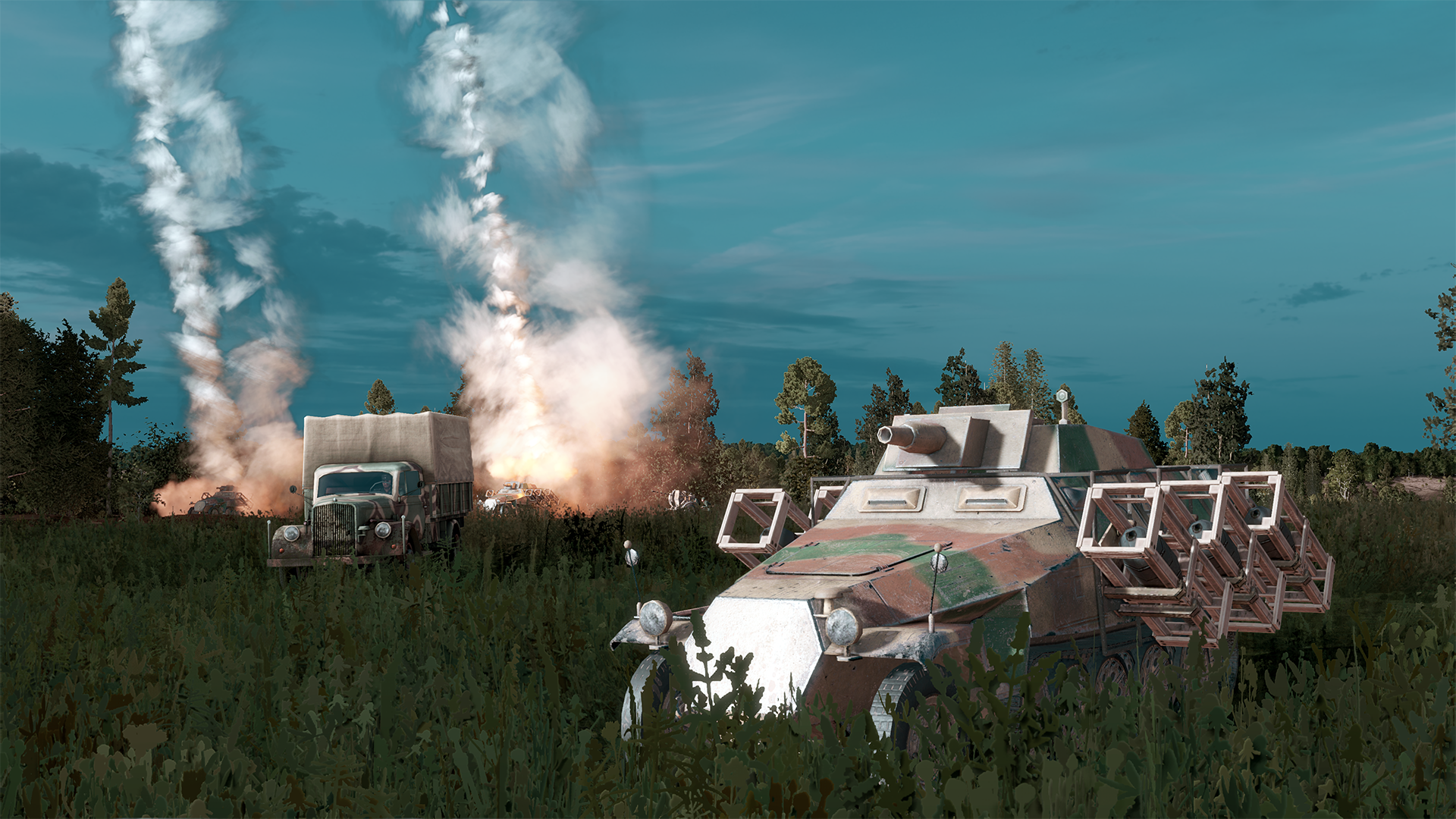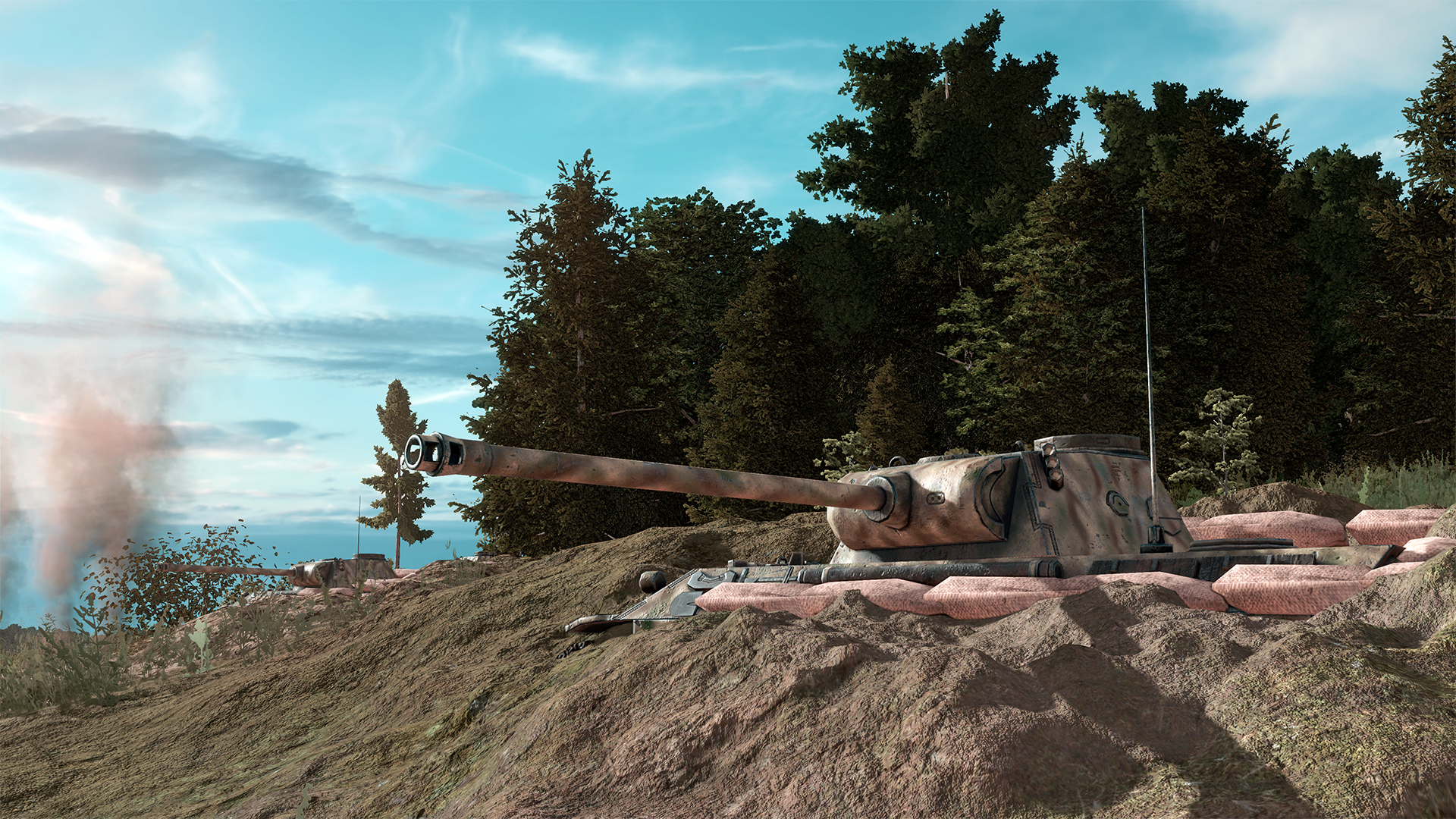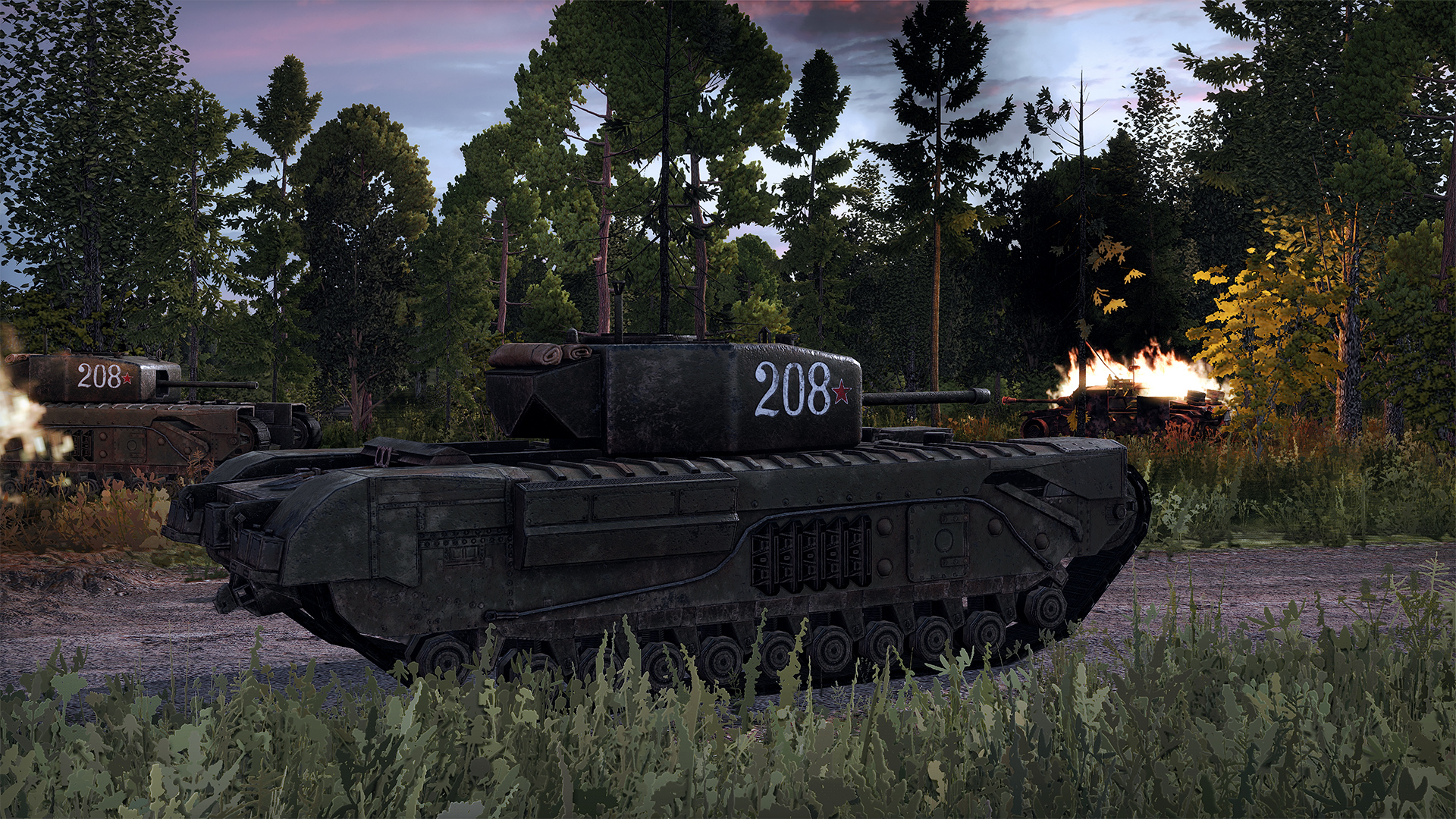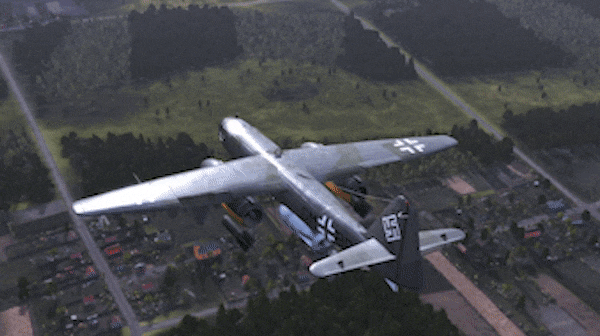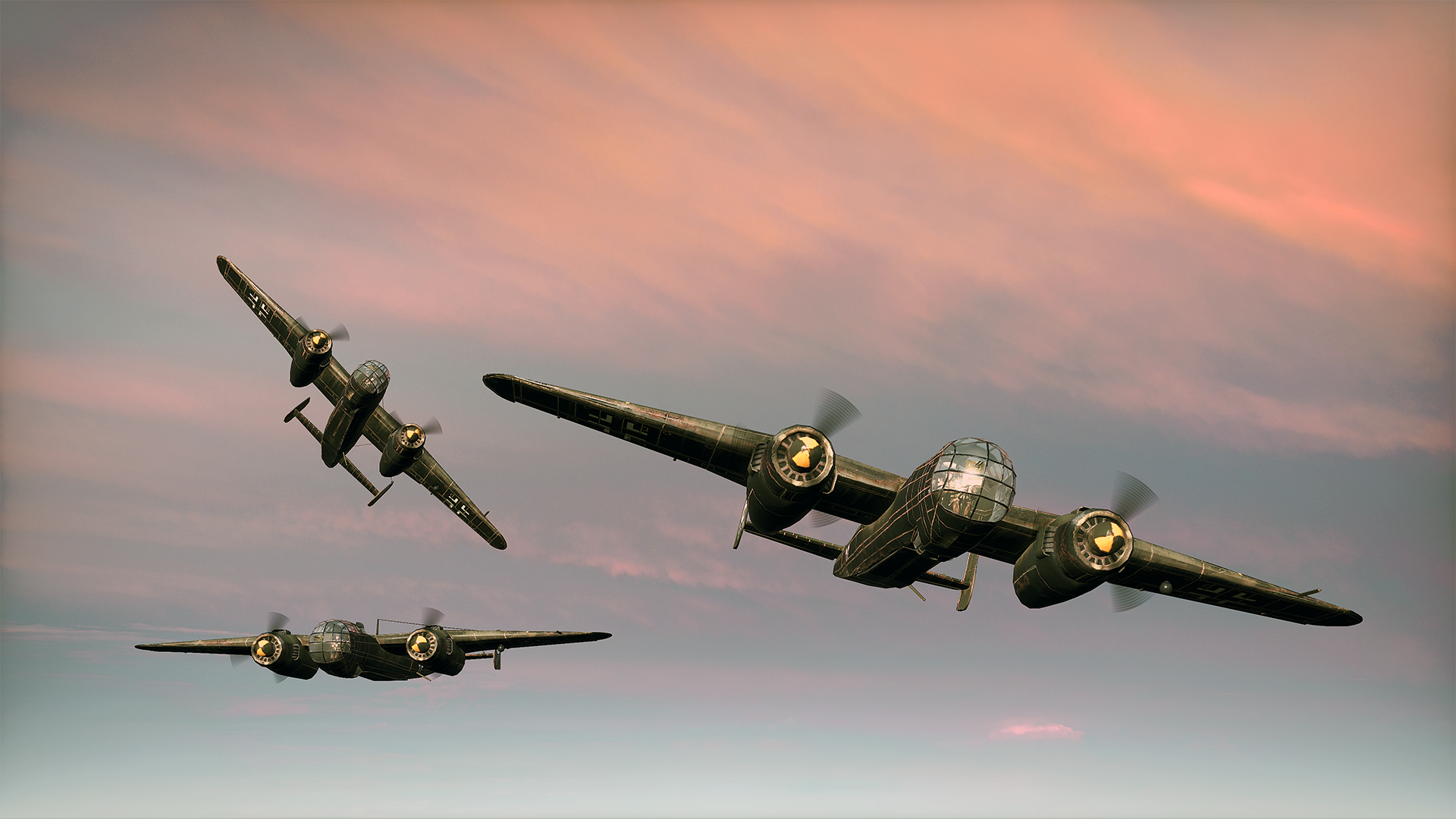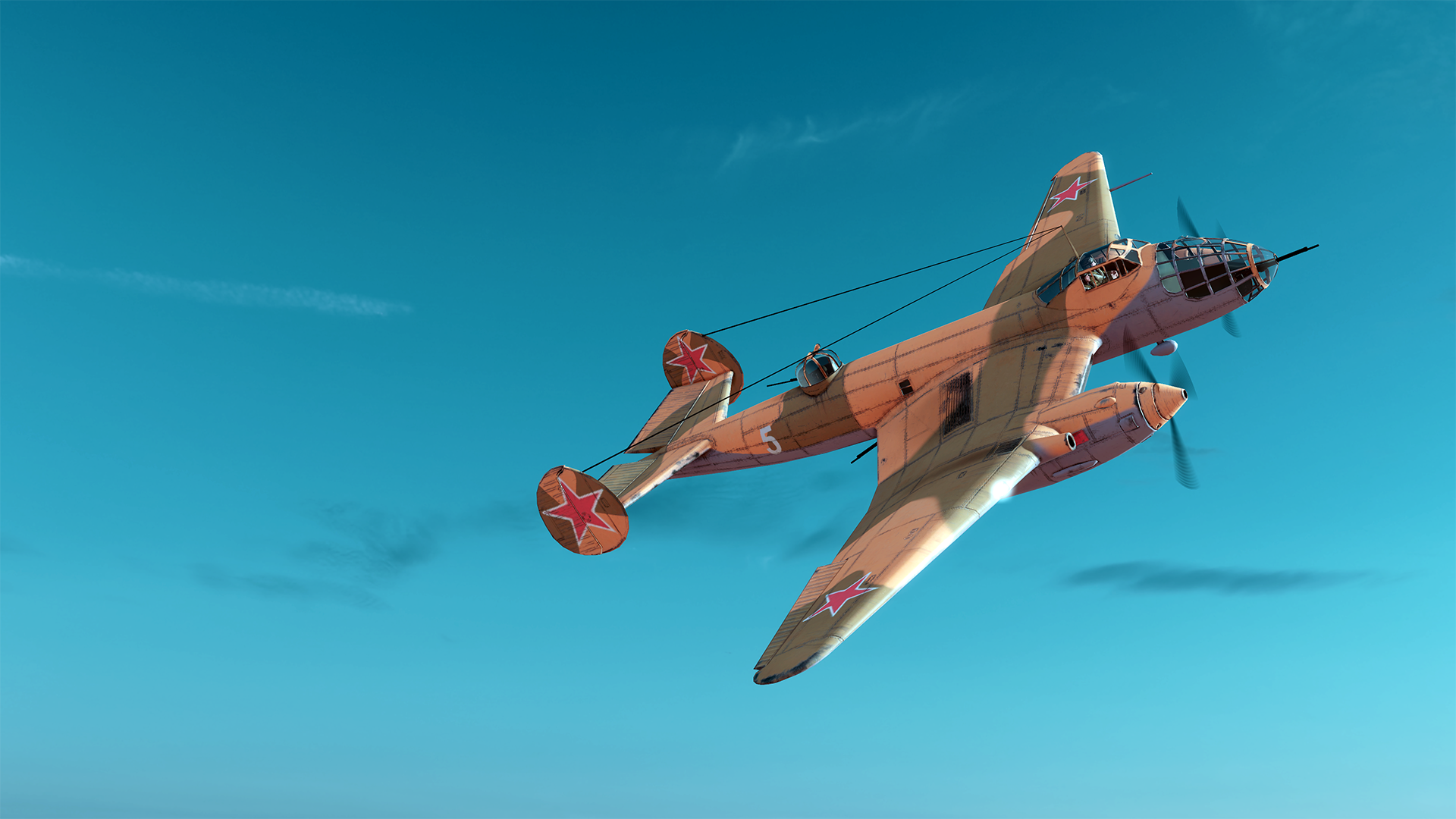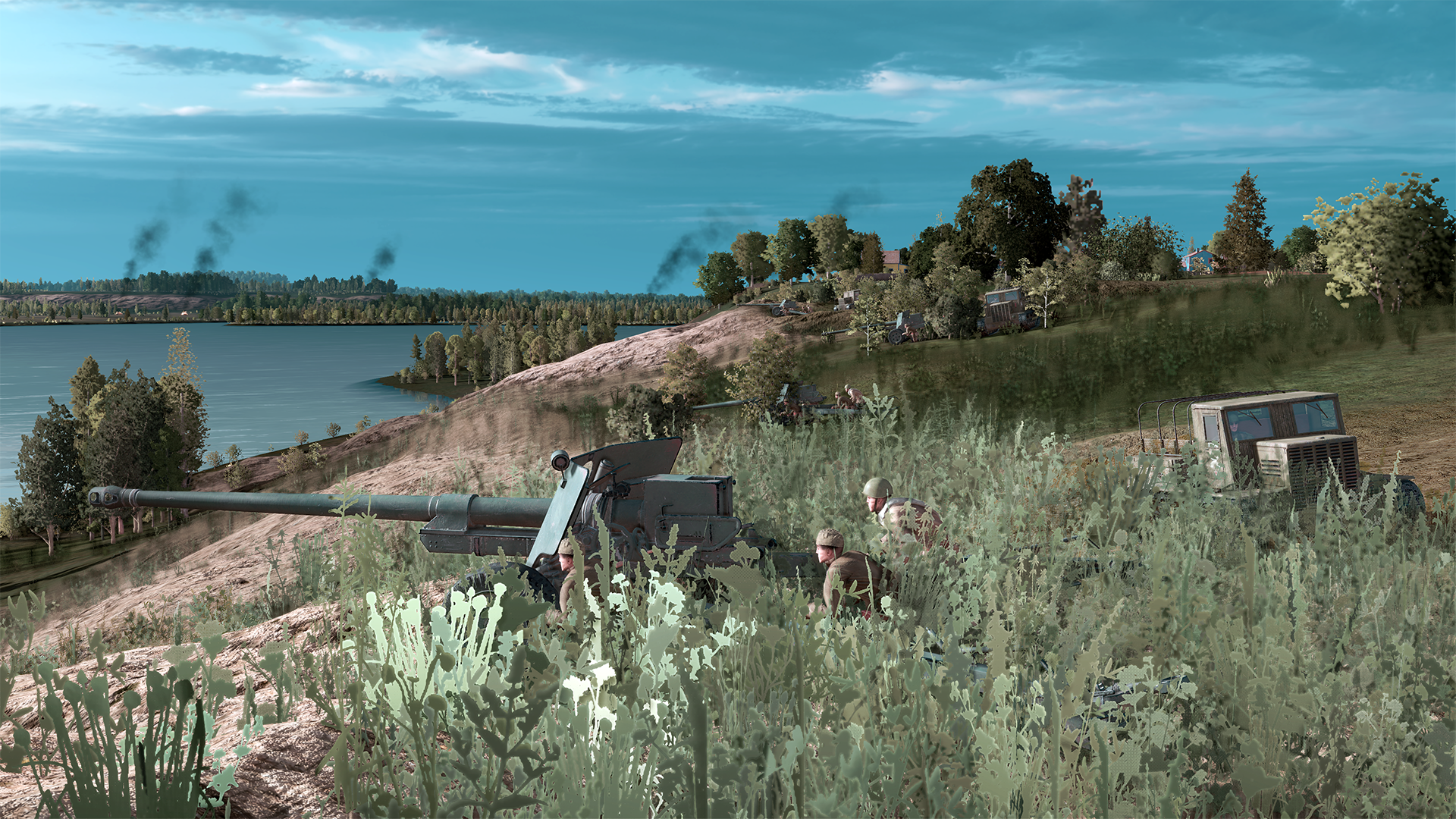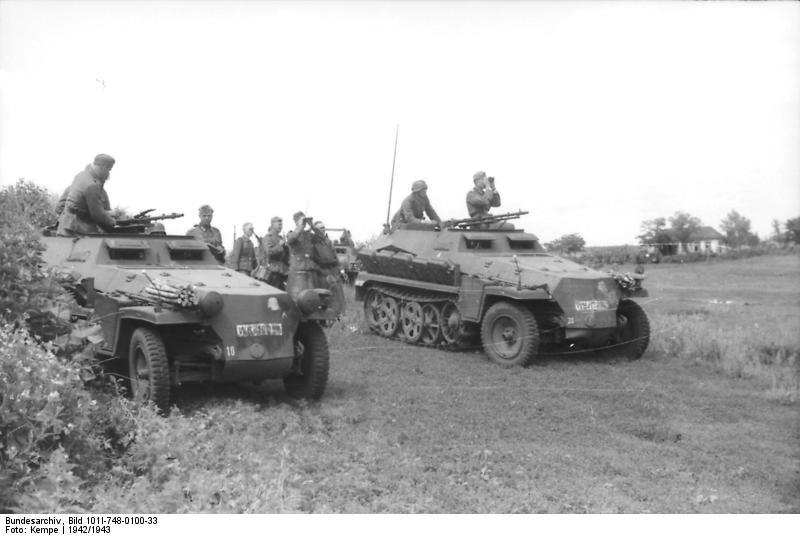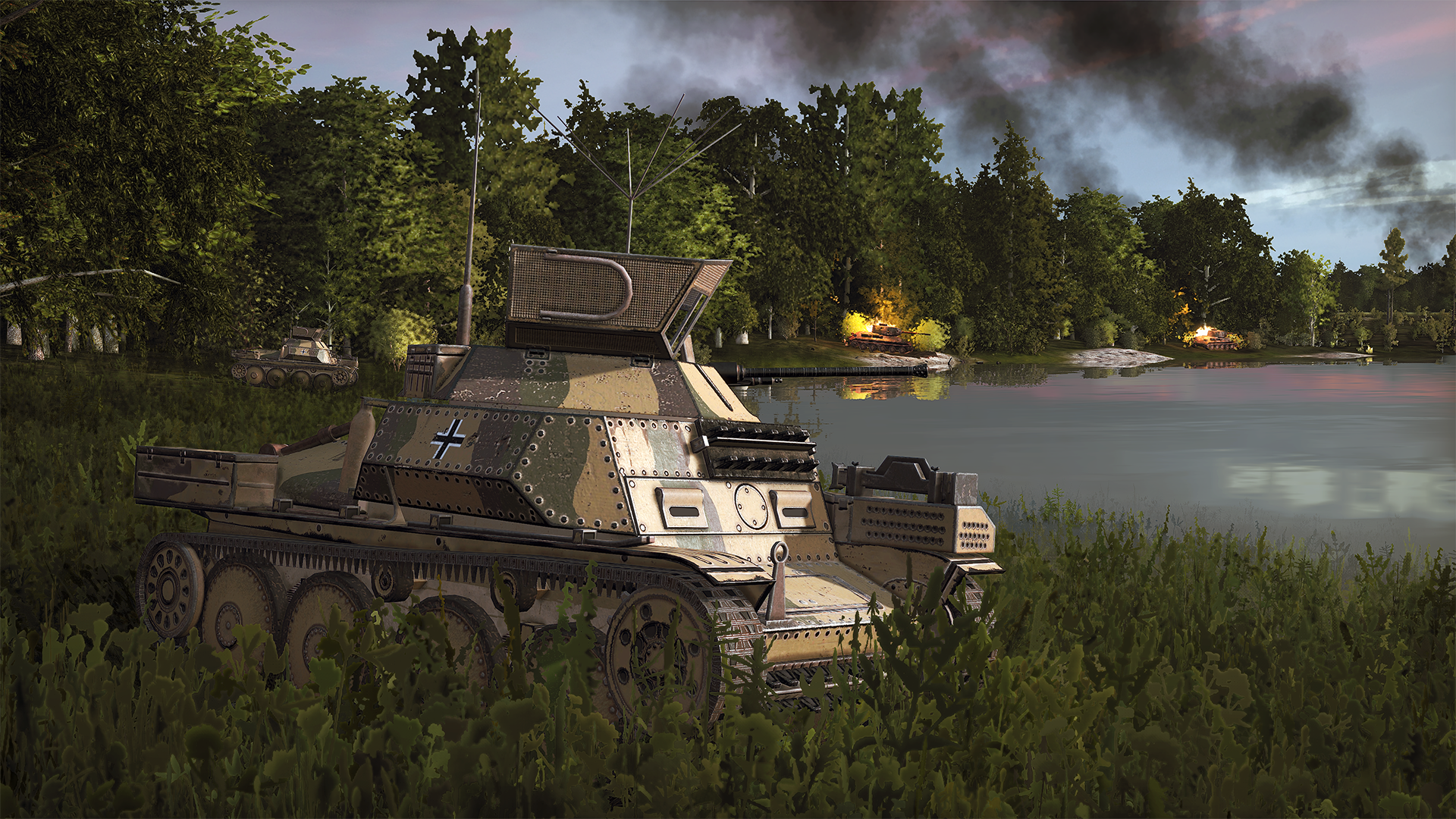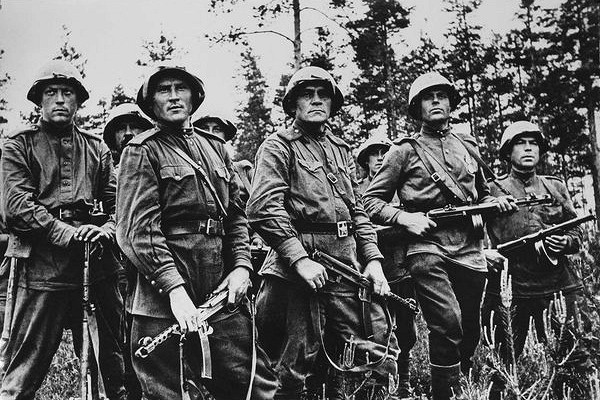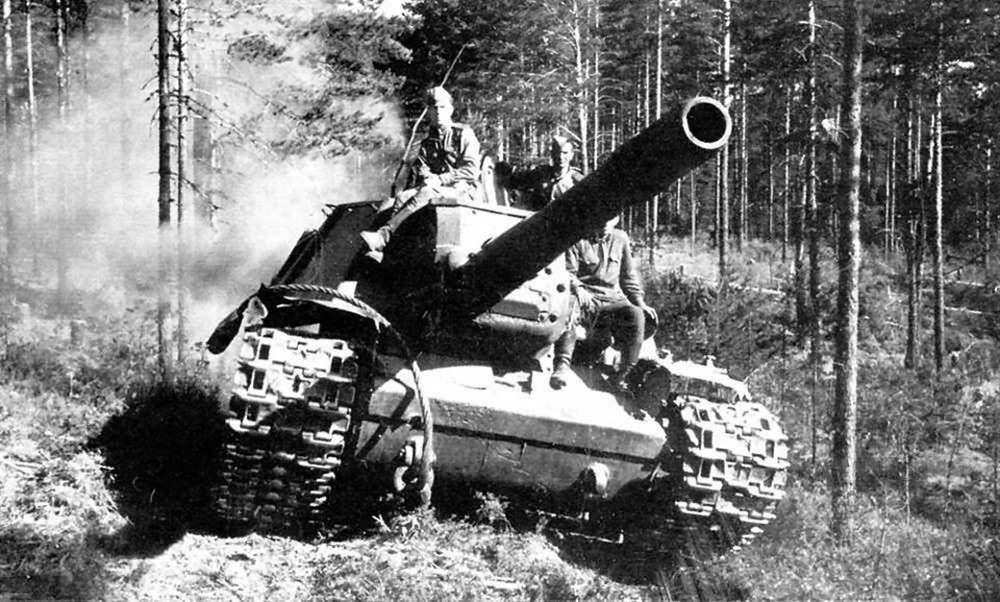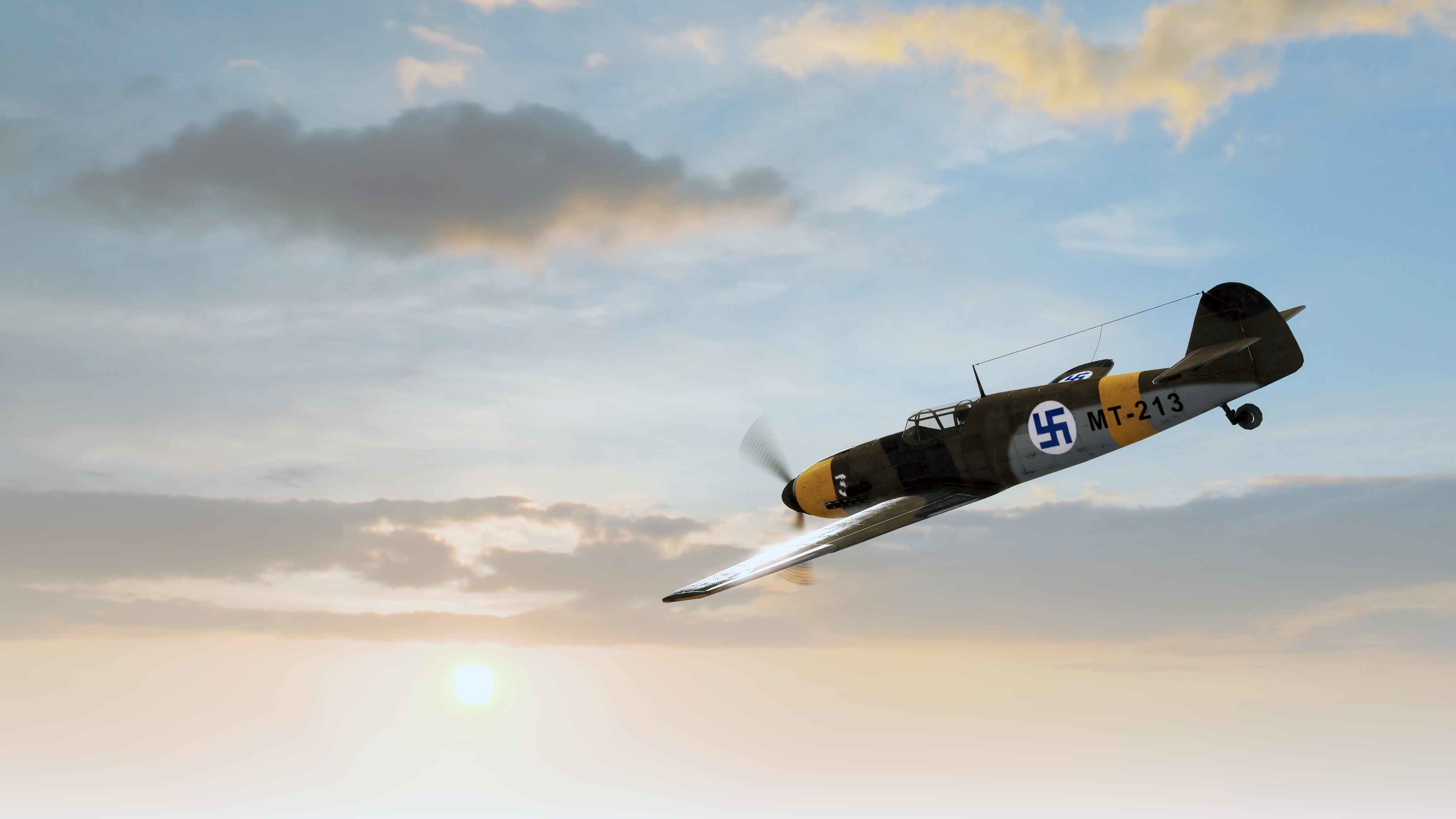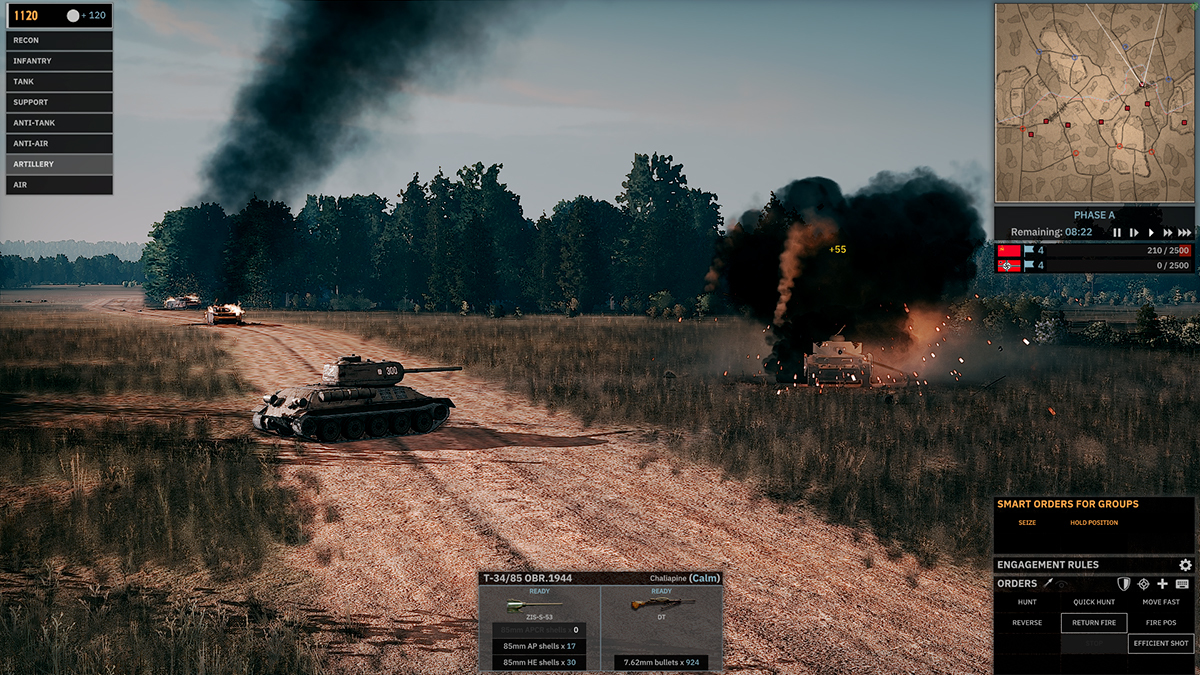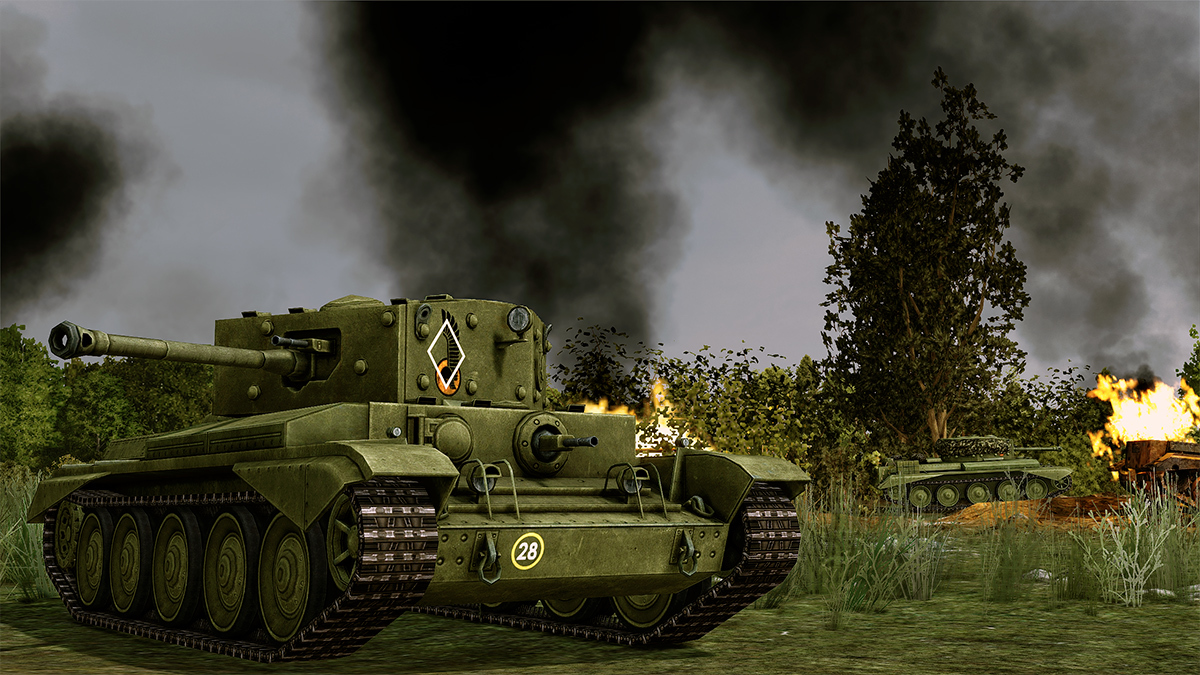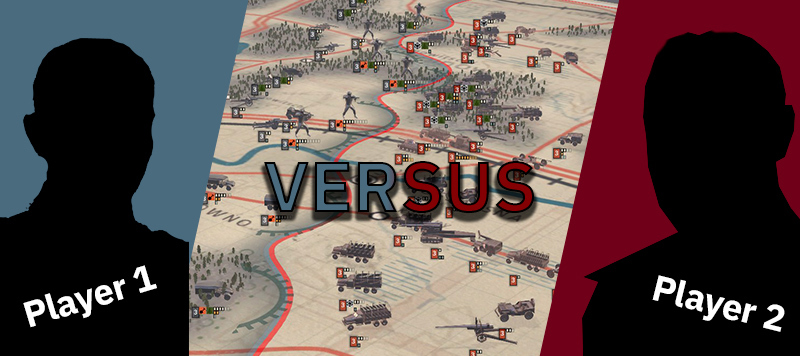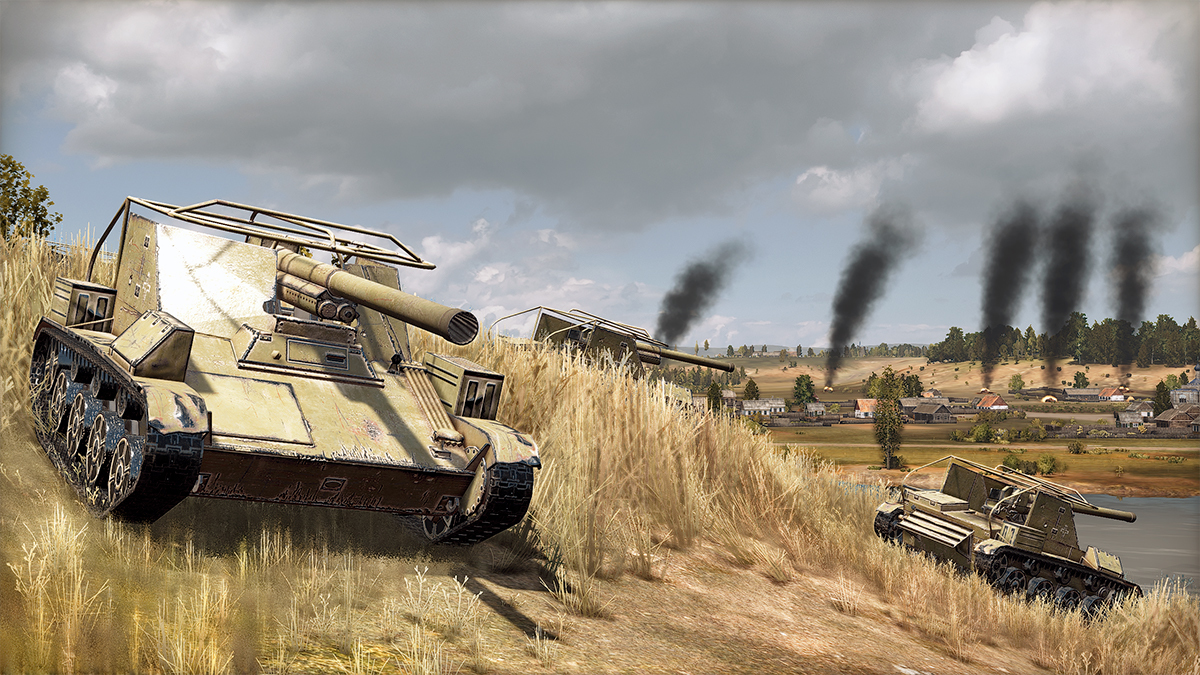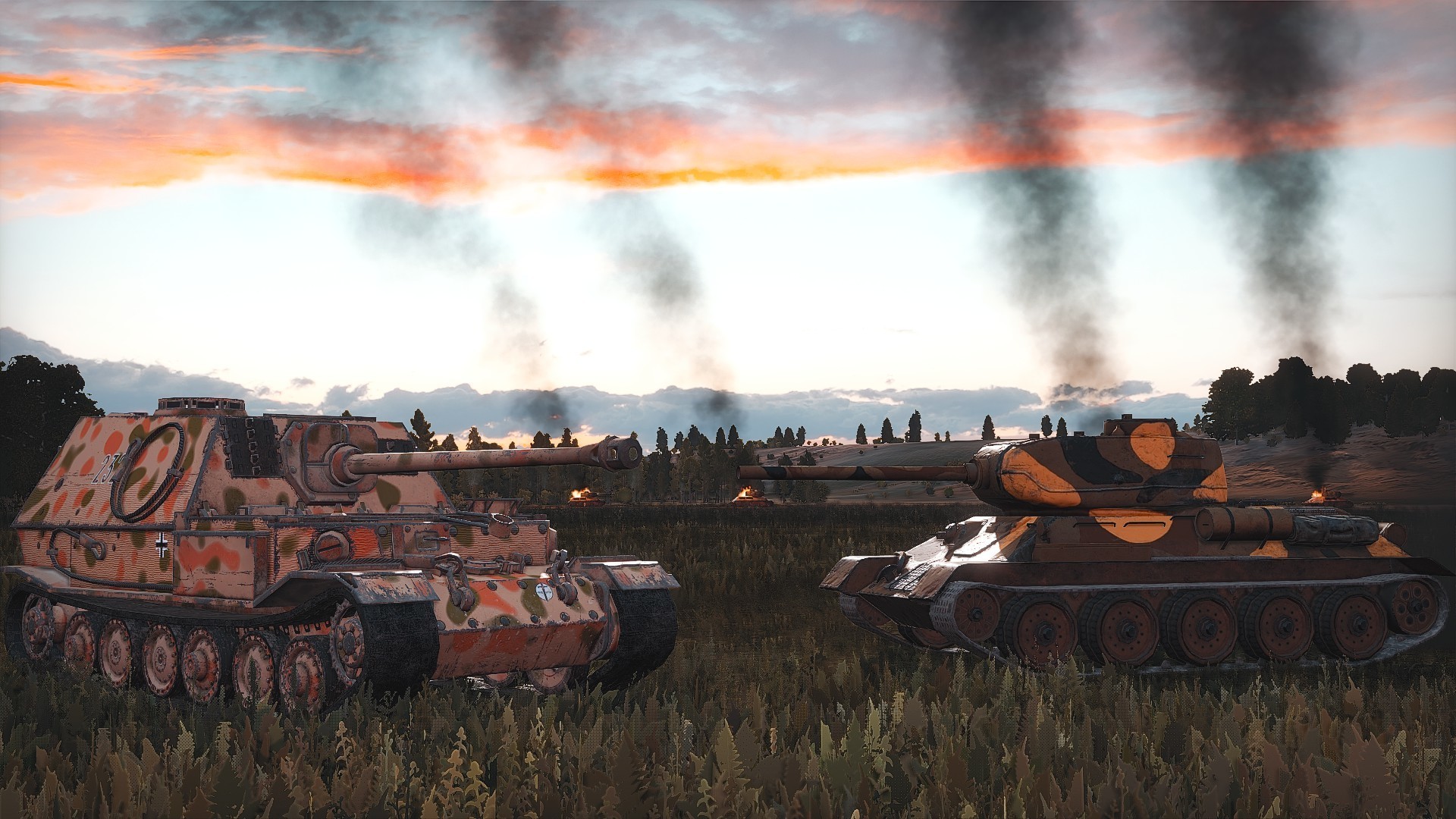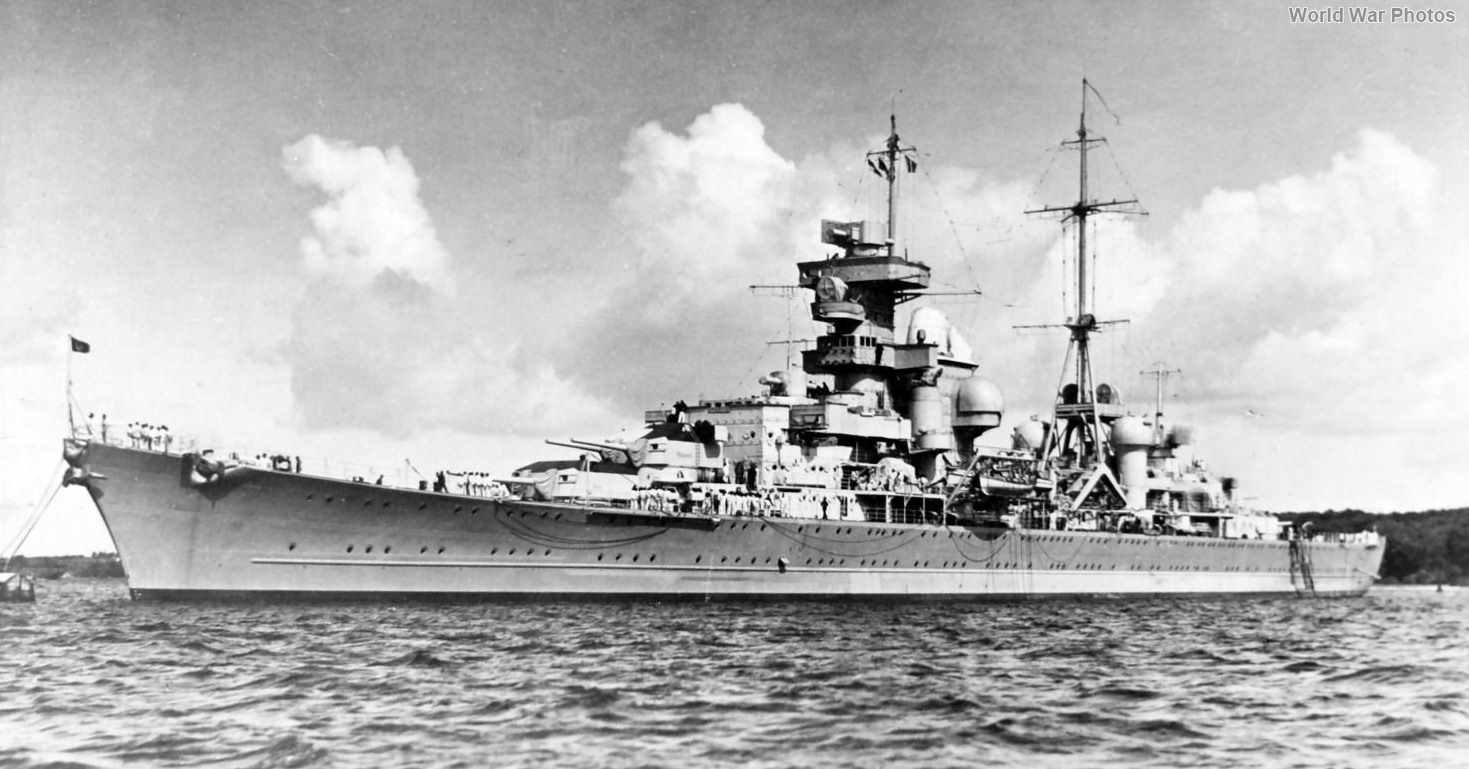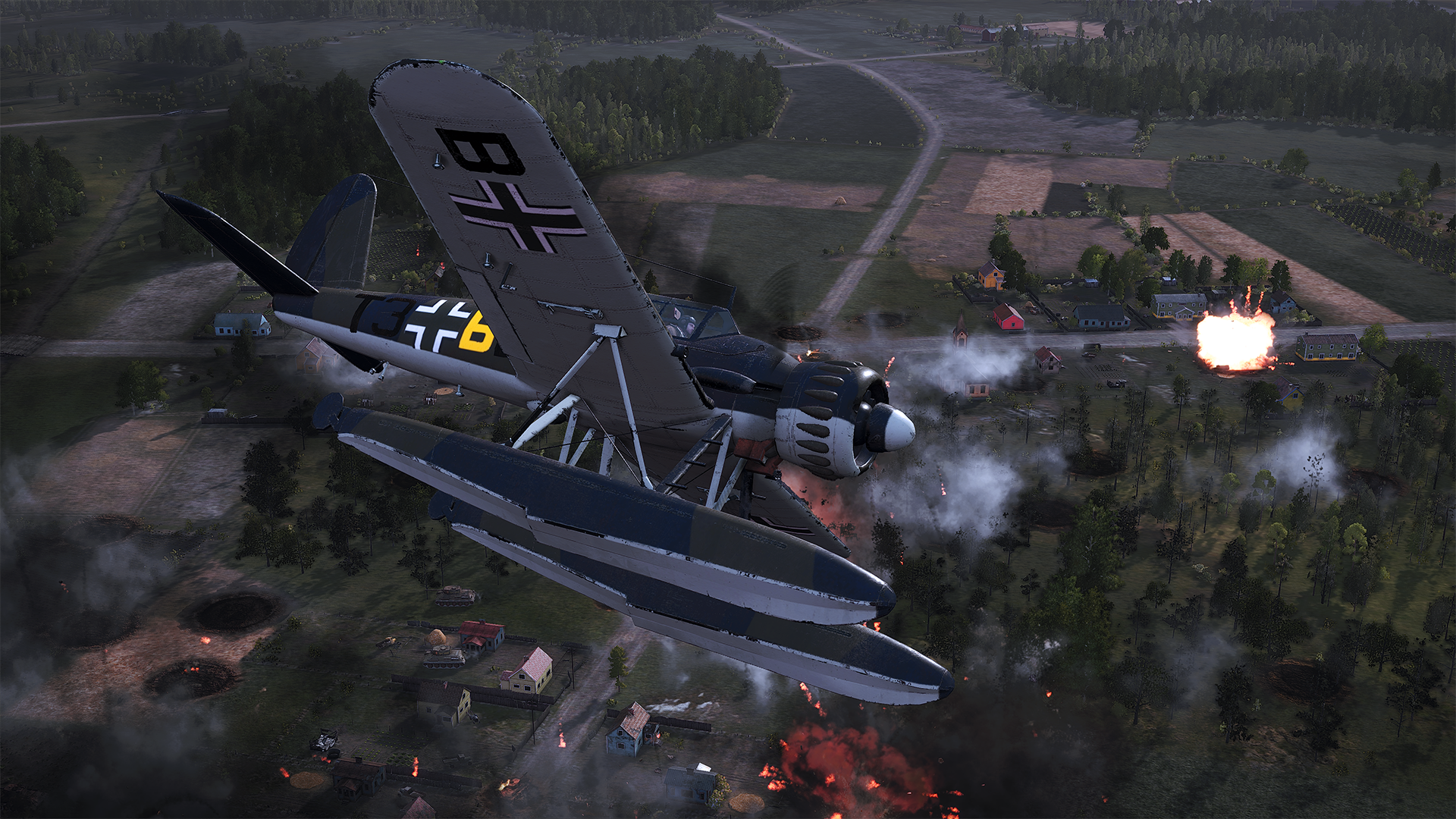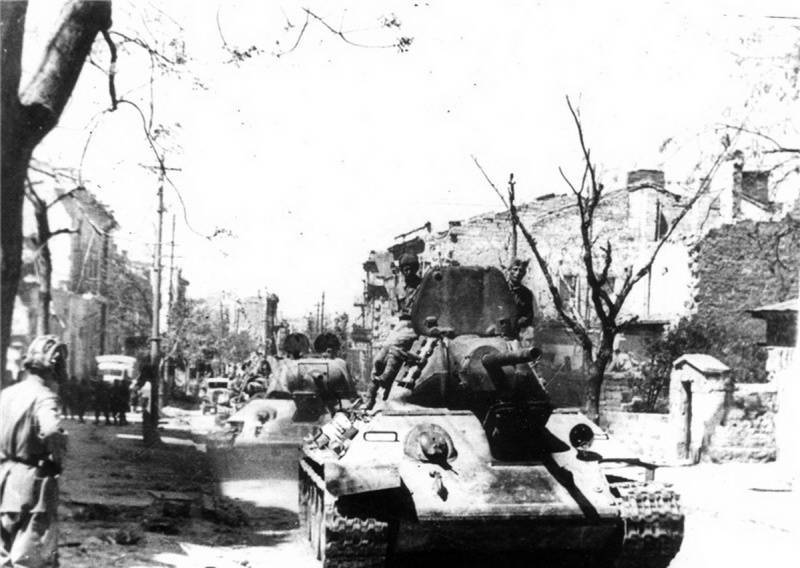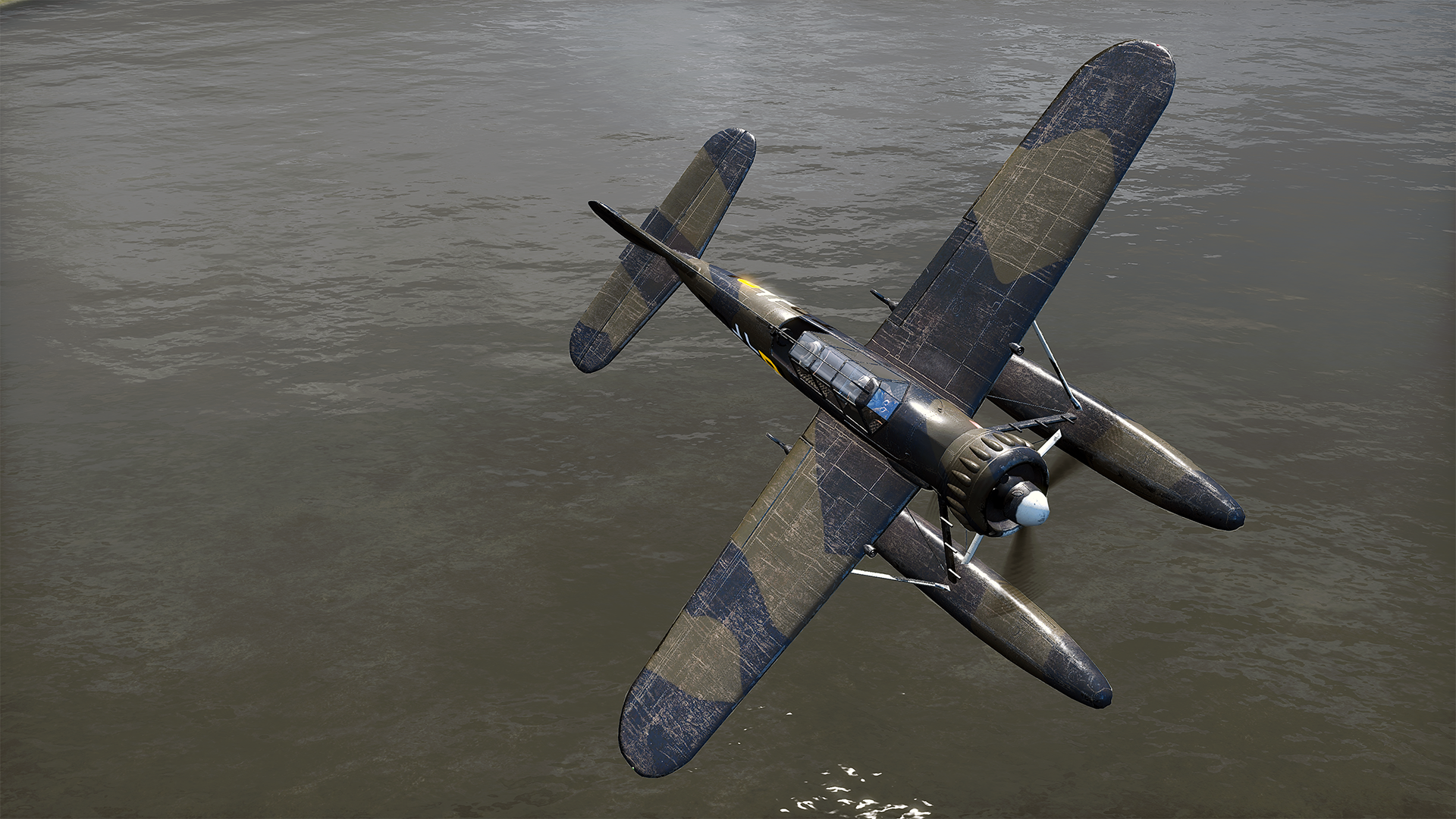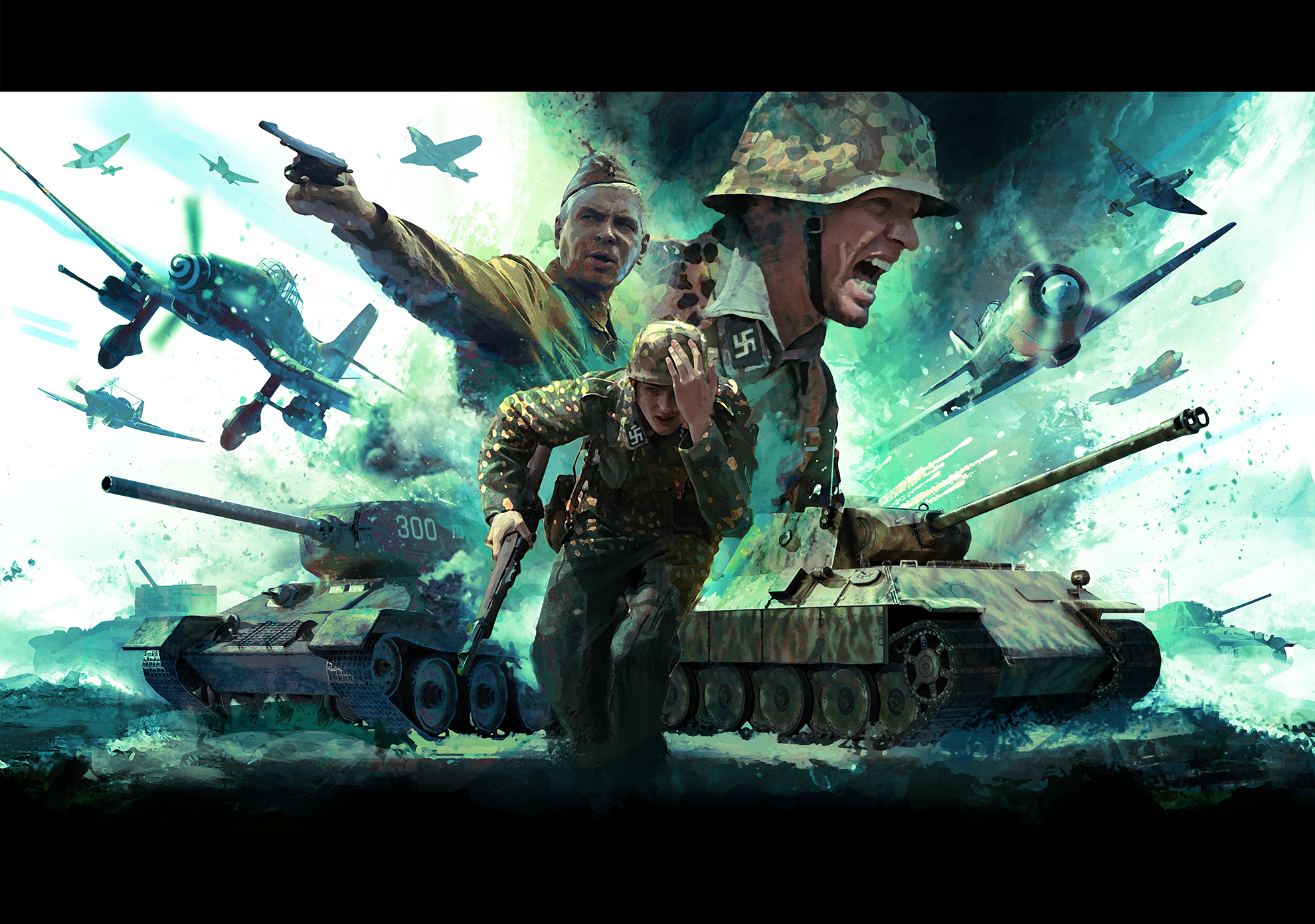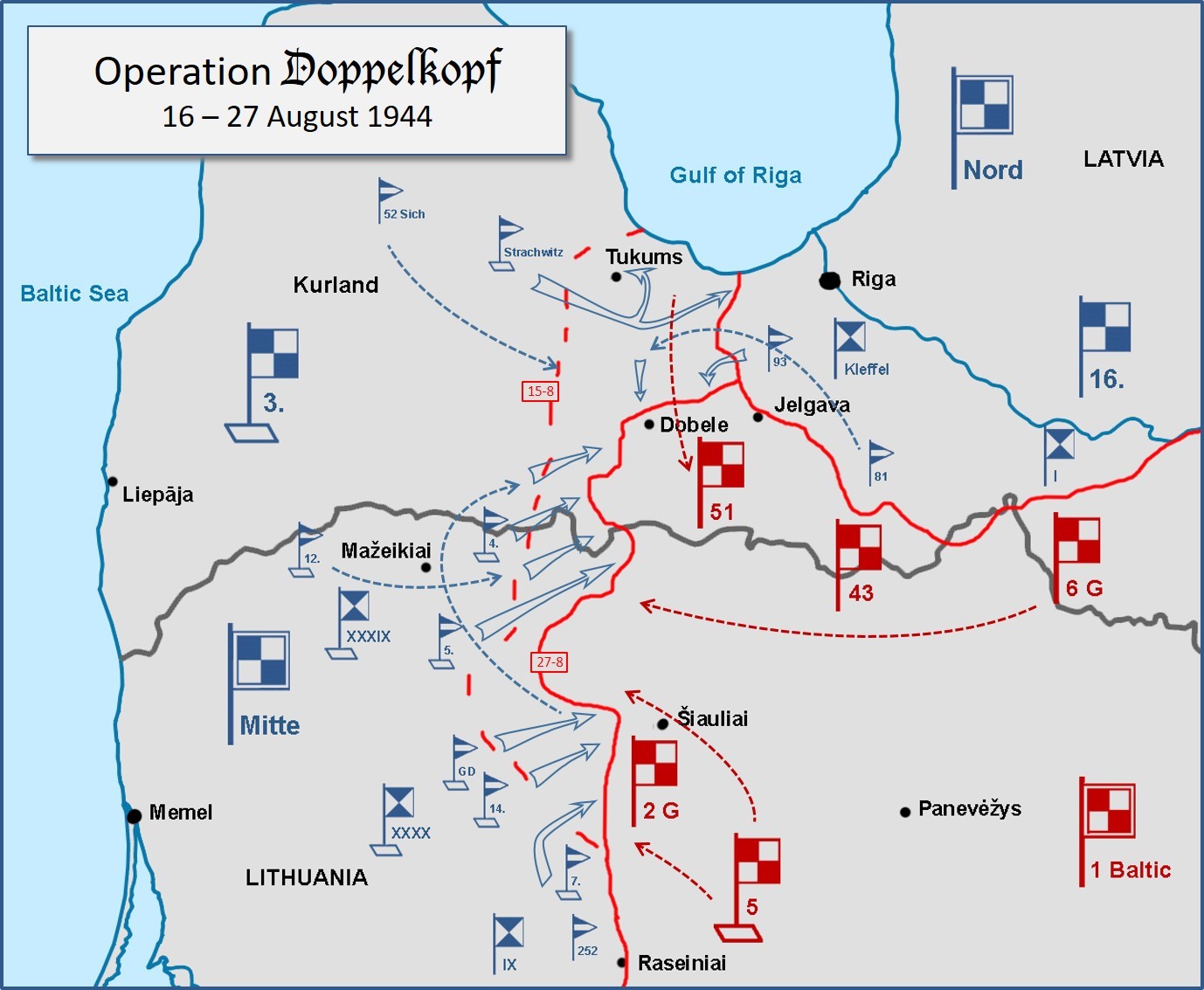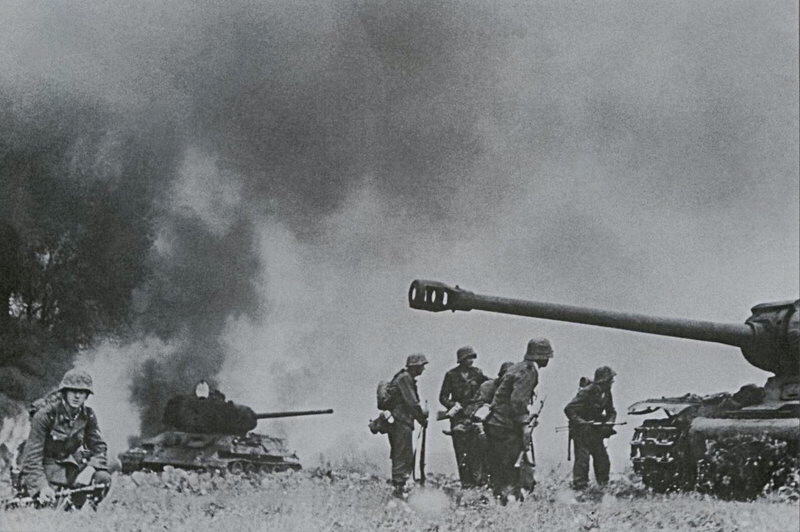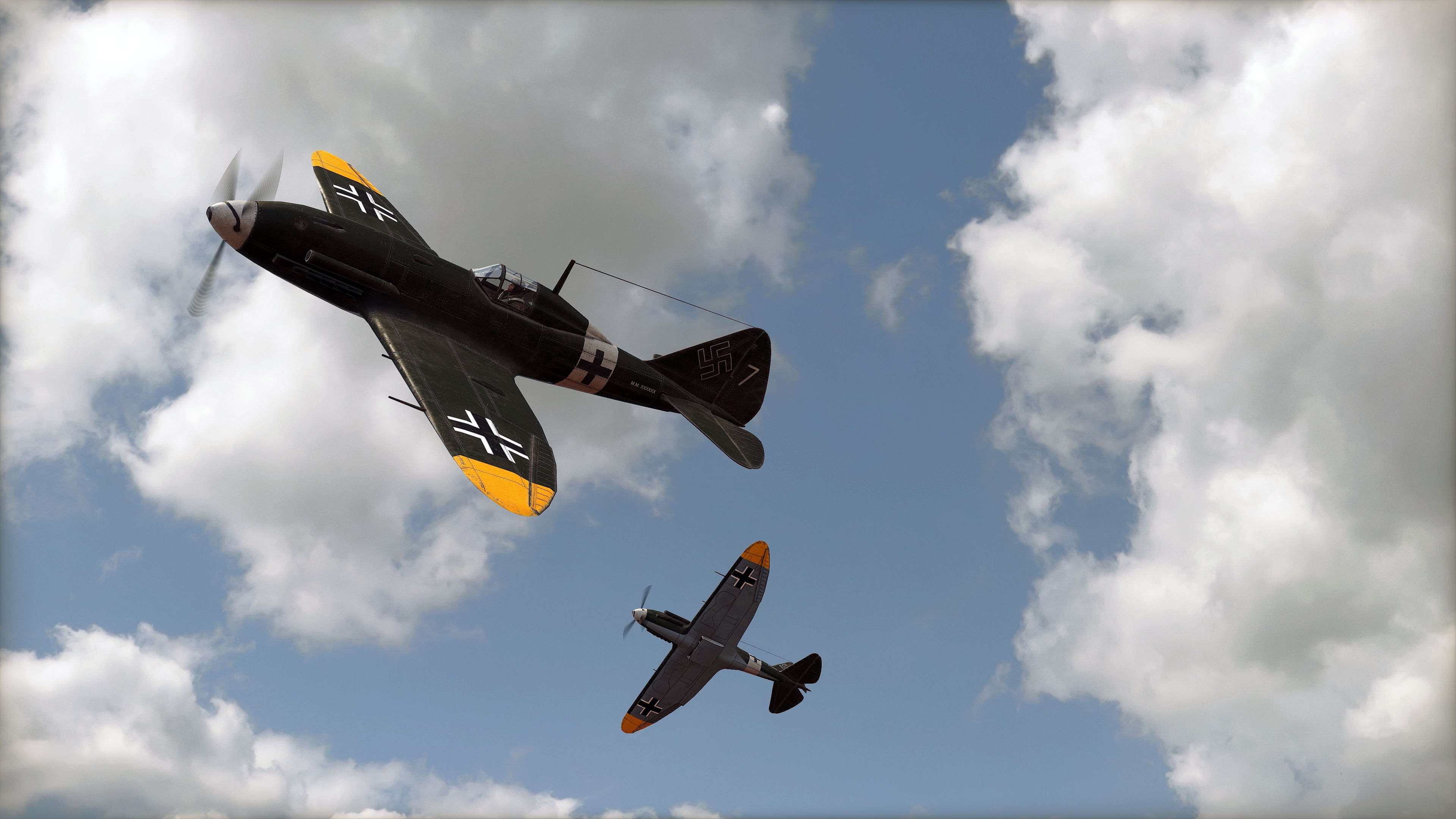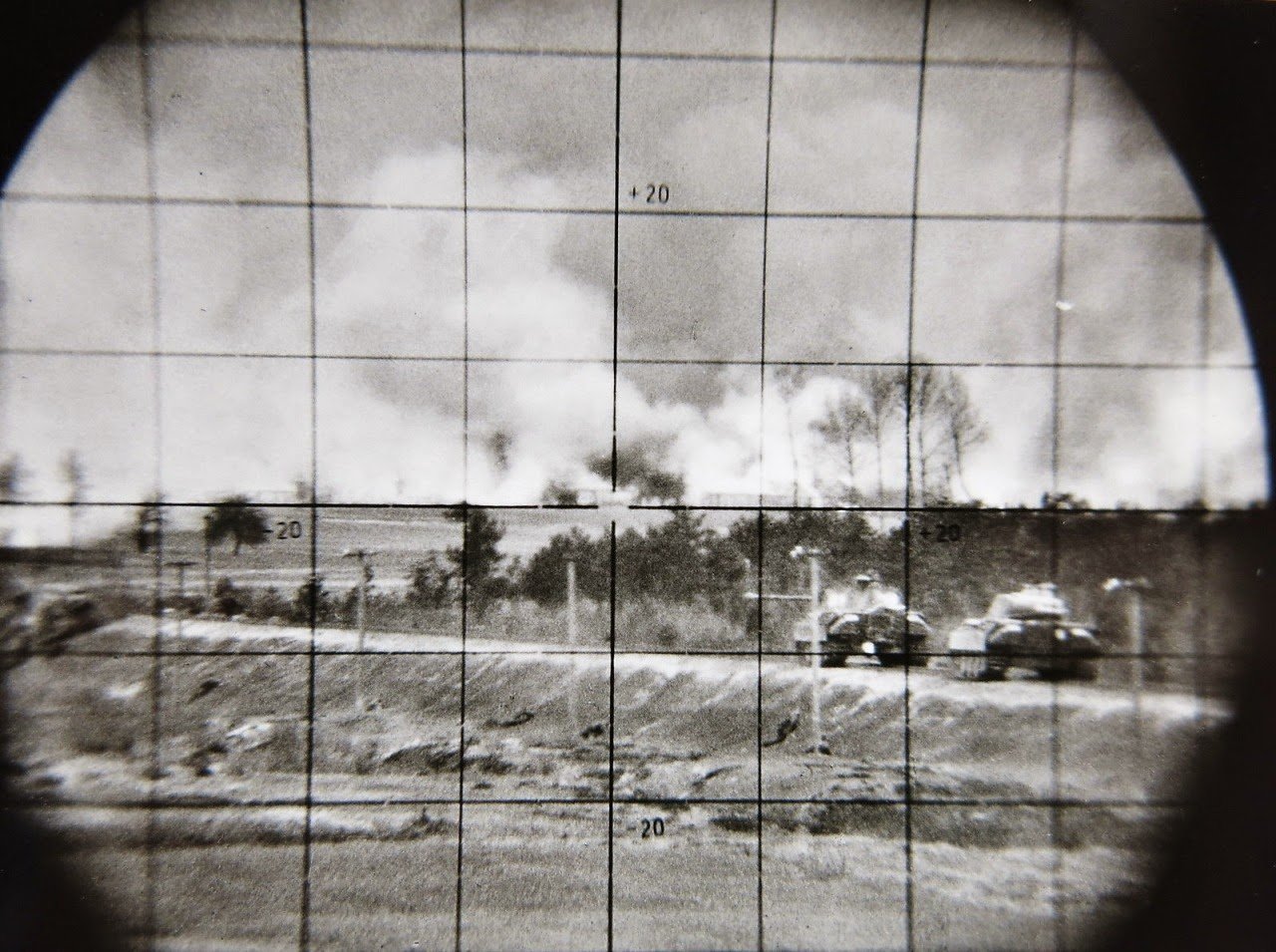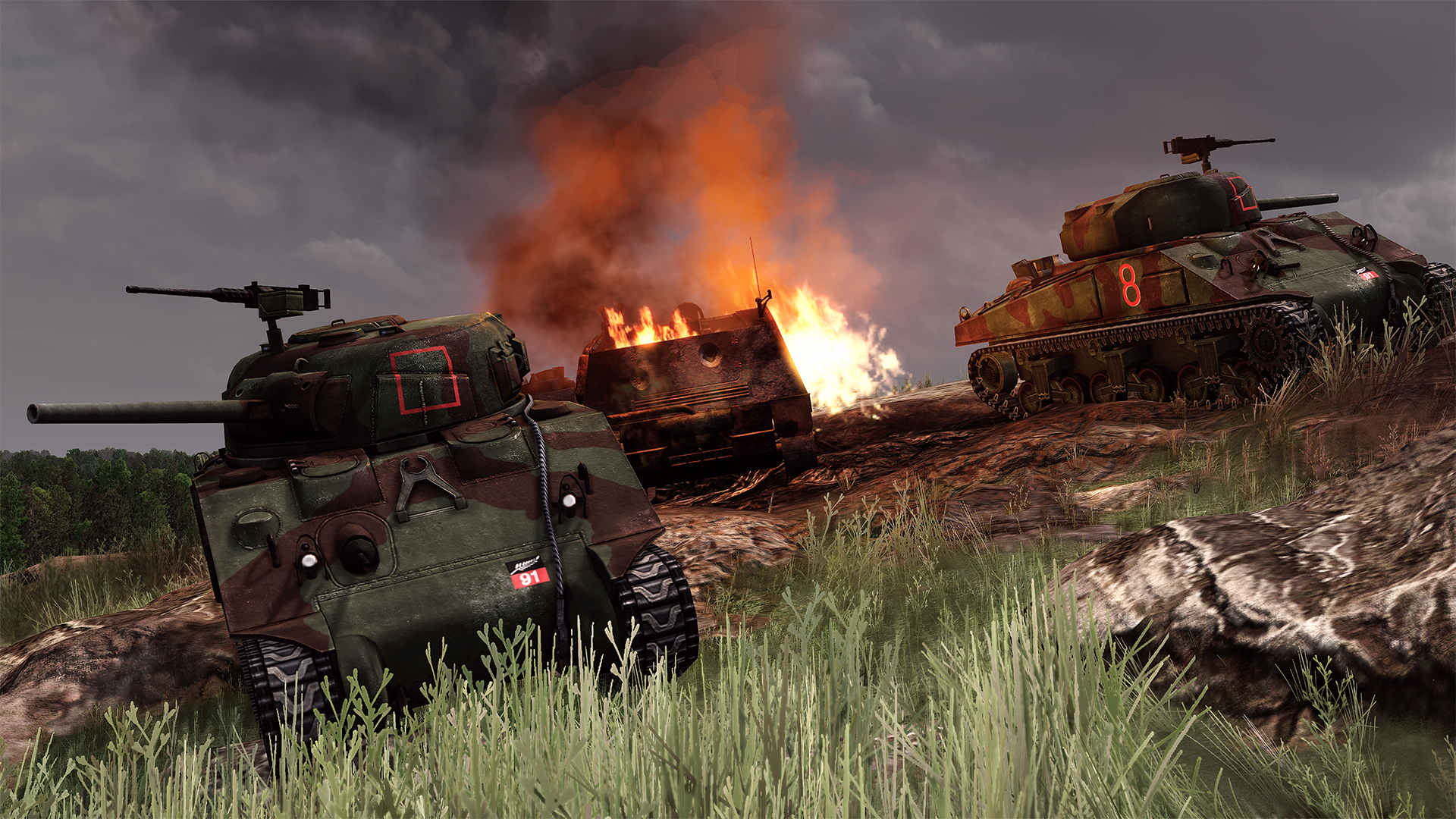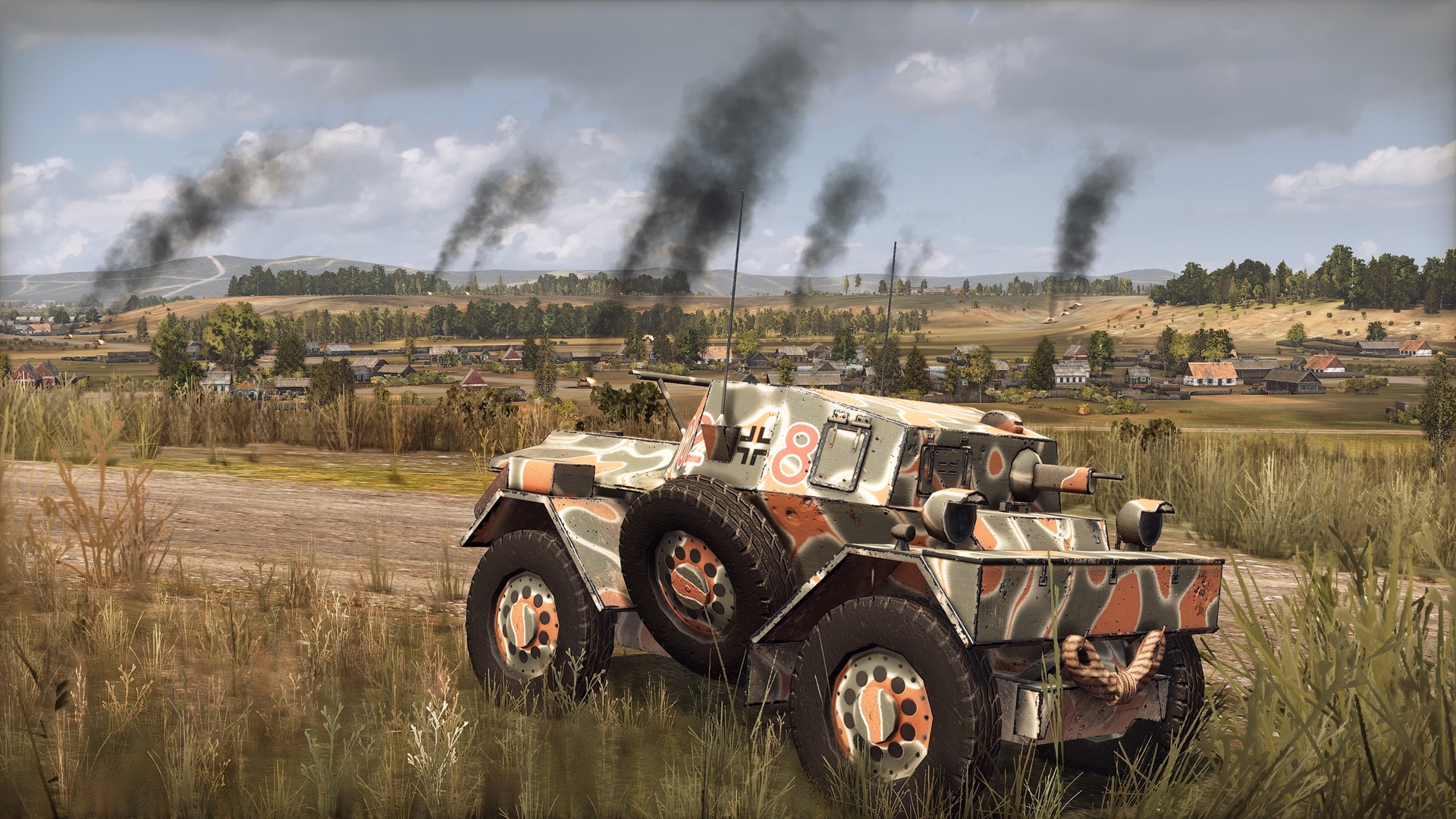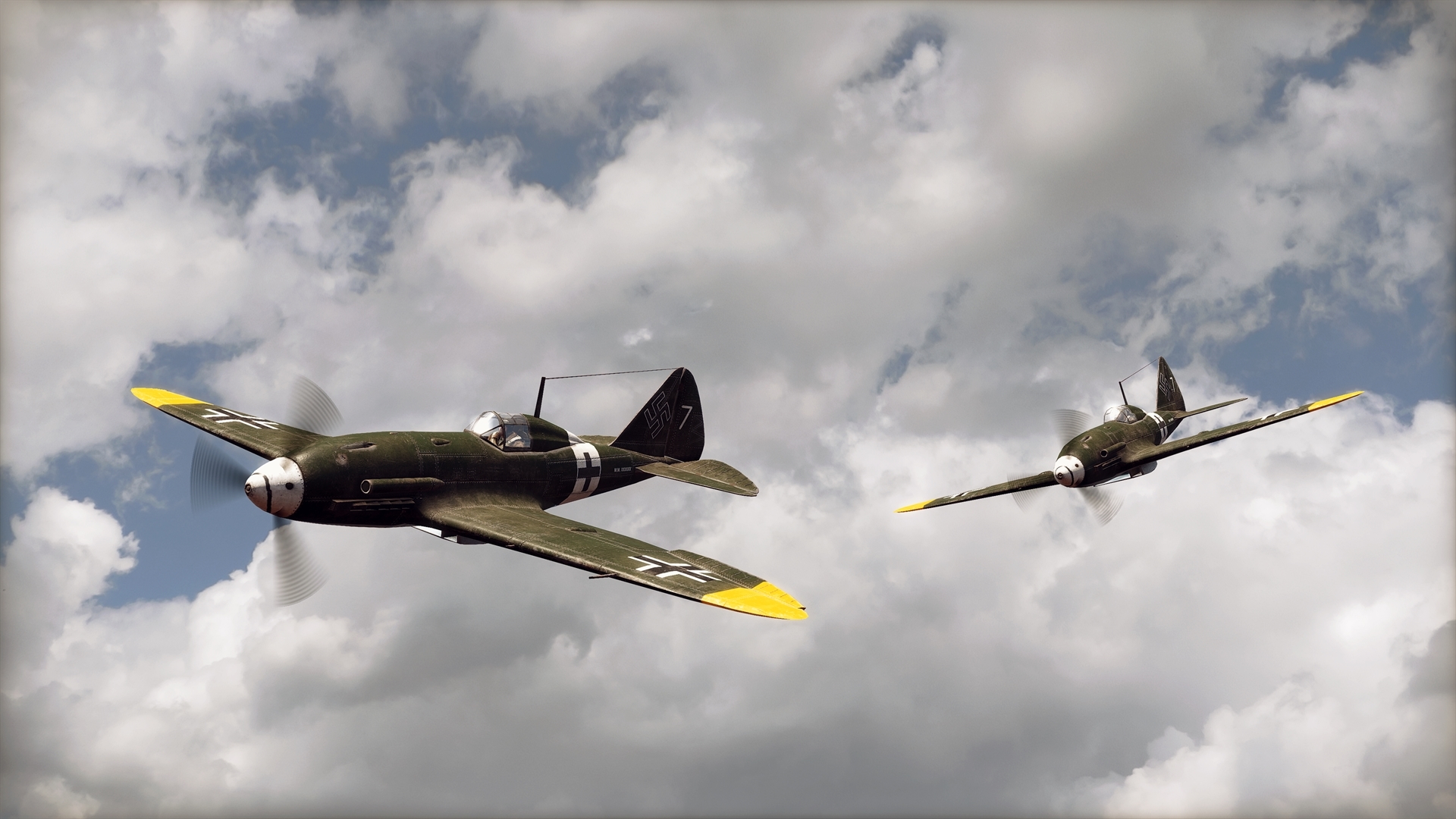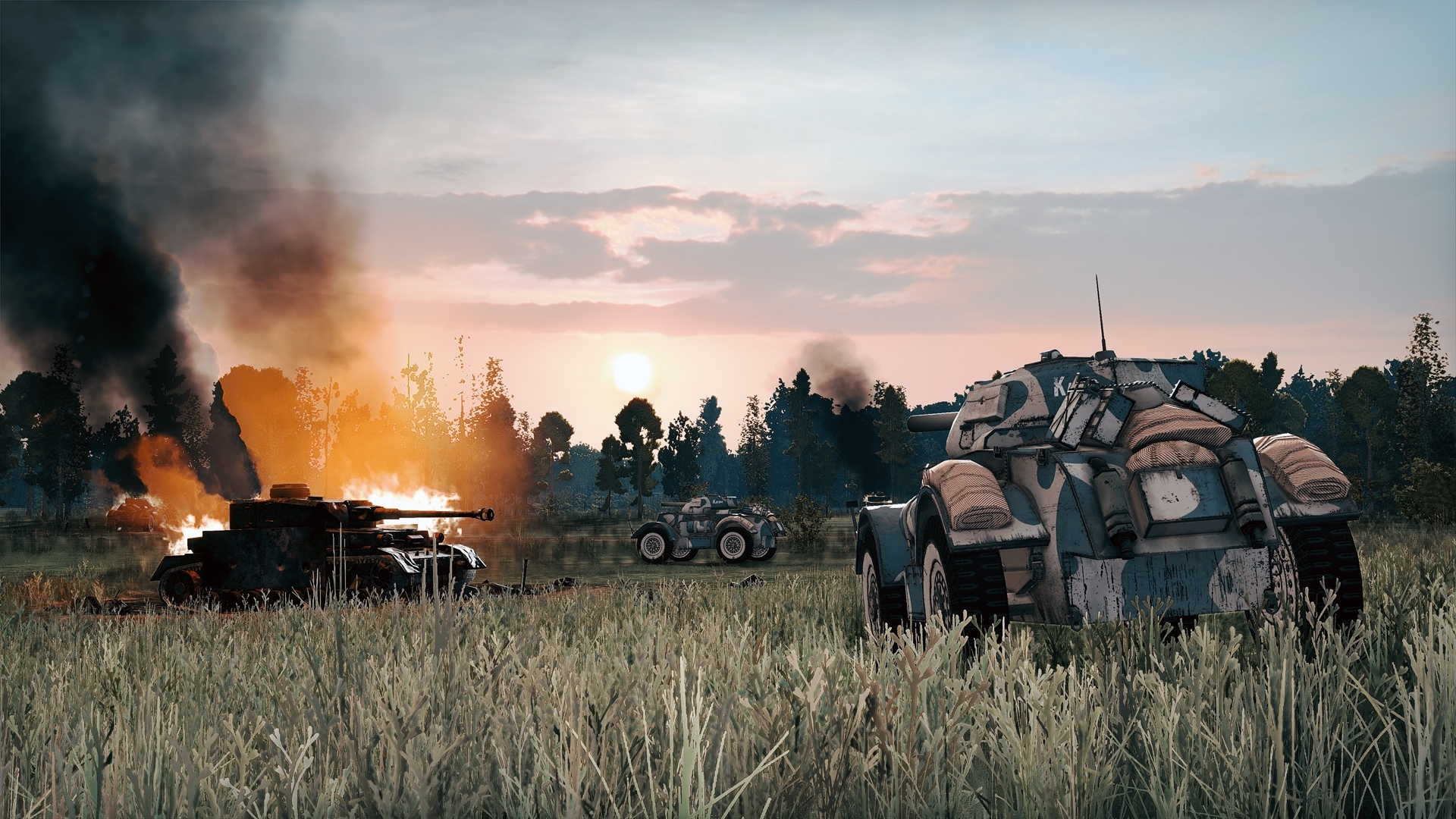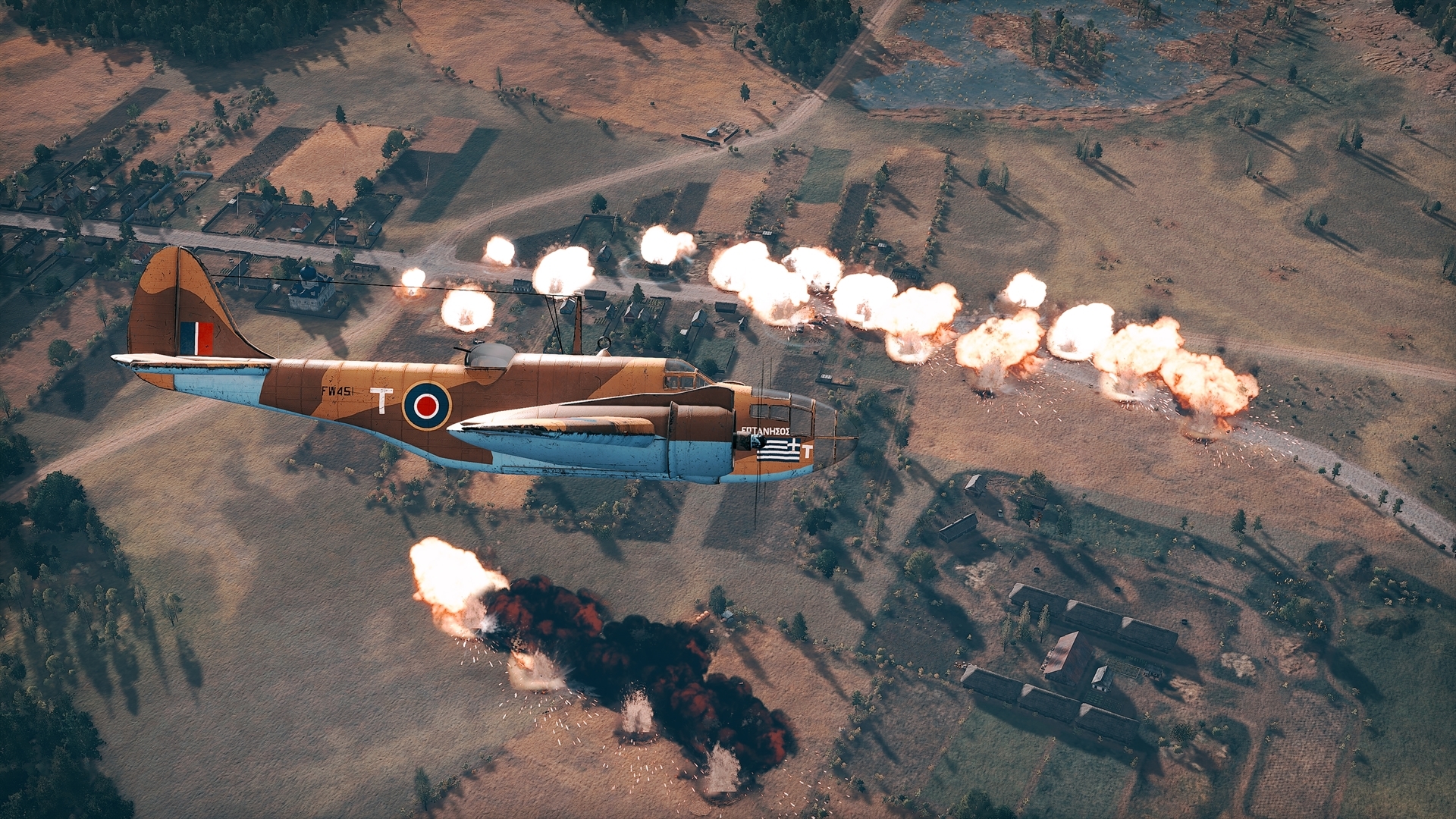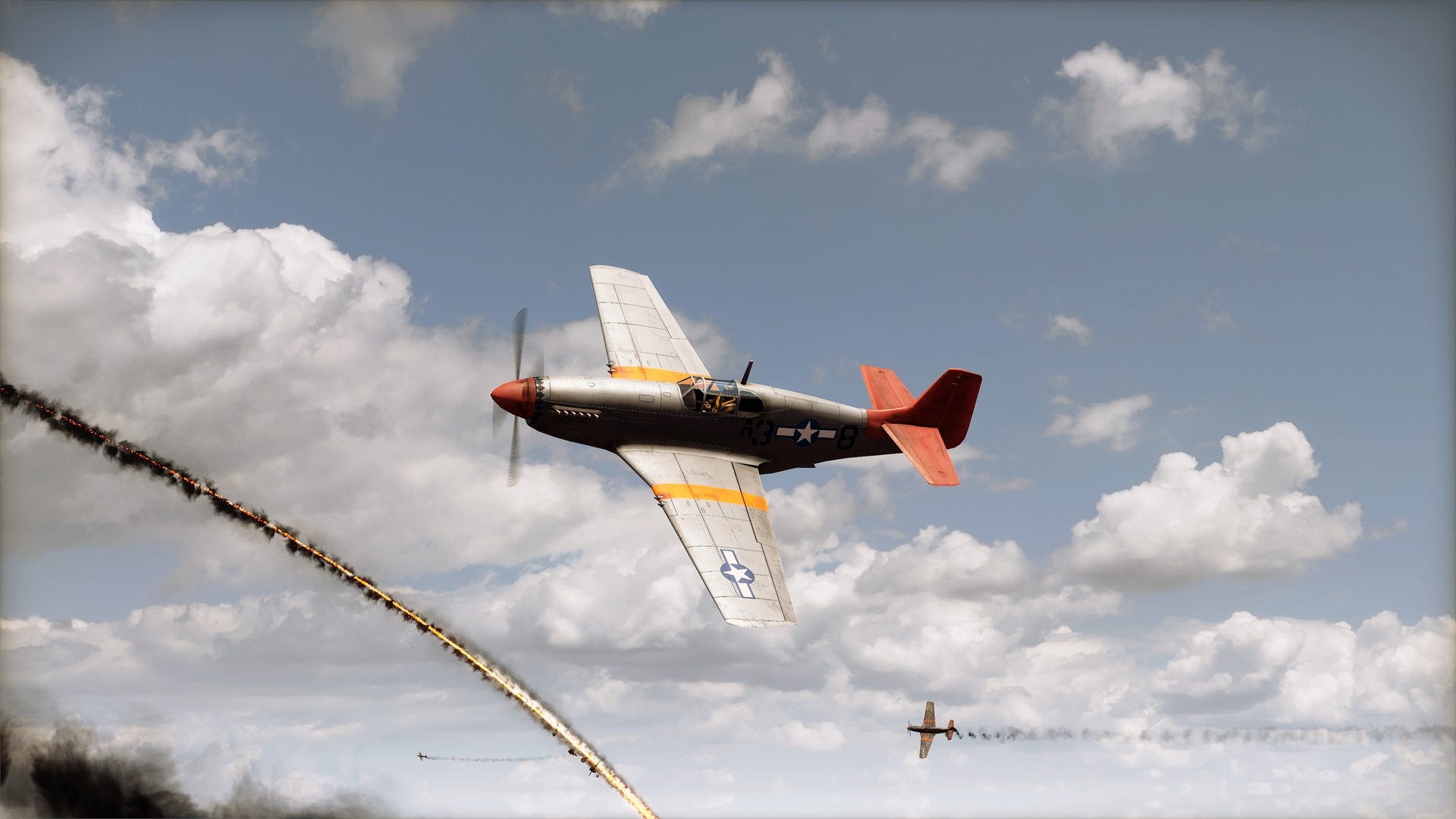
Feb 17, 2021
Steel Division 2 - [EUG] Gal Marcel Bigeard
Back in business, commander!
In today’s post, we take a look at the two unique Aces which will ship with the new Steel Division 2: Burning Baltics History Expansion. Who? Nothing less than the most decorated German serviceman, Colonel (Oberst) Hans-Ulrich Rudel, and the veteran General Major Georgiy Nefedovich Zakharov.
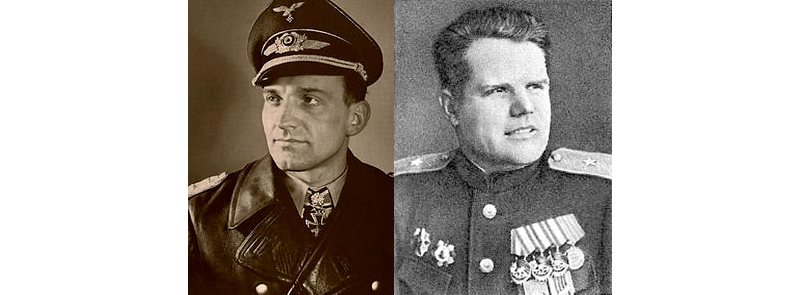
As with our previous History Expansions for Steel Division 2, two Aces will be featured with Steel Division 2: Burning Baltics. These special gold-rimmed units are unique: they are commanded by real-life war heroes and feature special in-game camouflage patterns to set them apart from their regular counterparts.
Note: our Ace units don’t offer any gameplay advantage over their vanilla versions.
That’s right, Steel Division 2: Burning Baltics will feature one of the most famous German fliers of World War II and the most decorated to boot: the renowned ground-attack pilot Hans-Ulrich Rudel. He is the only recipient of the unique Knight's Cross with Golden Oak Leaves, Swords, and Diamonds, an ultra-rare medal intended for the 12 most distinguished servicemen of the Third Reich, to be awarded after the war’s end. Only Rudel received his; U.S. forces confiscated the rest.
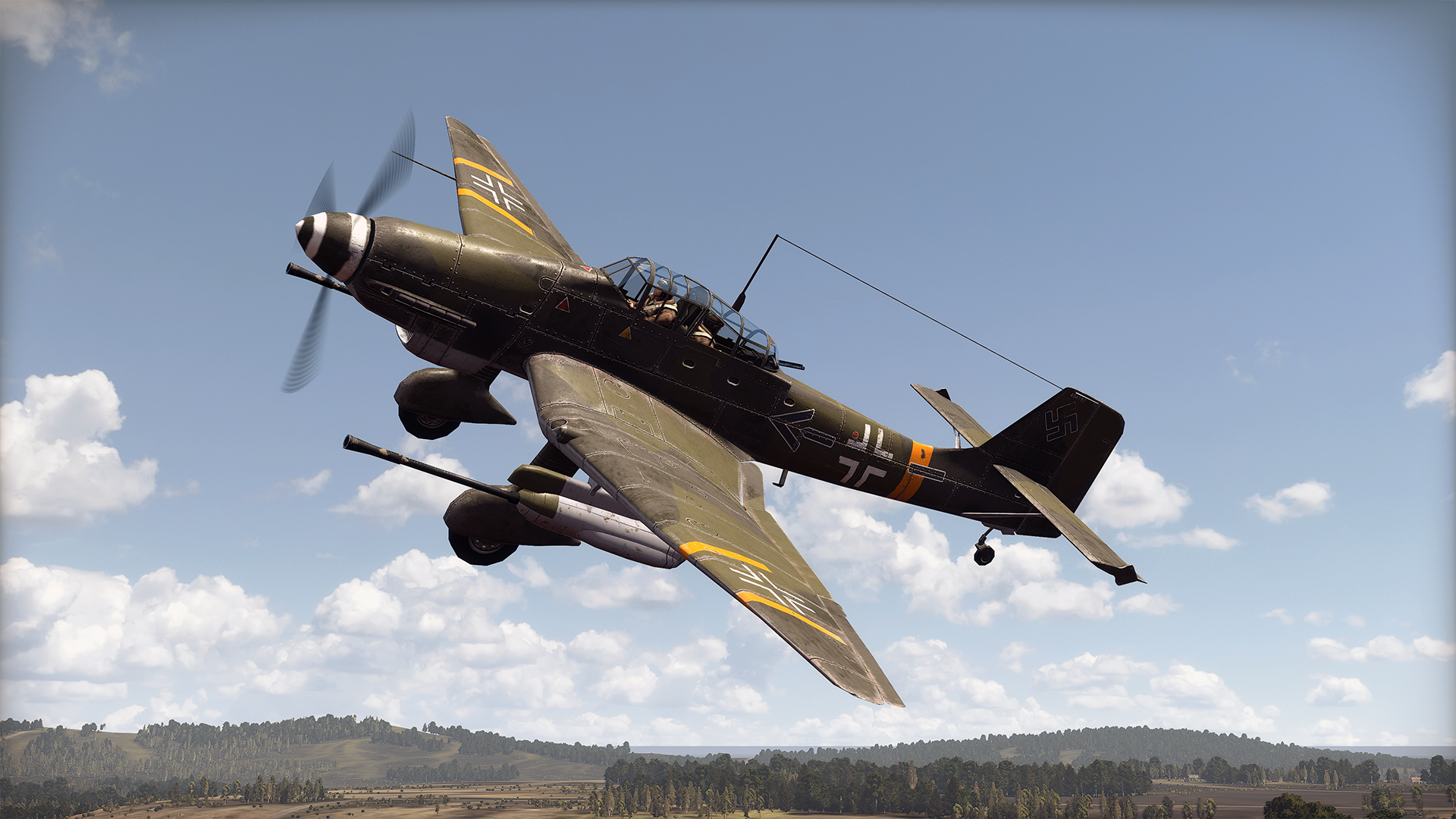
As a pilot, Rudel was most famously known as a tank buster, even though he only started flying fighter-bombers in 1941 at the start of Operation Barbarossa. Before this date, he was merely an air observer flying long-range reconnaissance missions. Having retrained as a Stuka pilot, Rudel was famously credited for sinking the moored Soviet battleship Marat of the Baltic Fleet, in an attack during the initial invasion of the Soviet Union in September 1941.
He took part in many famous battles, including Operation Typhoon - the failed German offensive aimed at taking Moscow - Stalingrad, Kursk, Crimea, Romania… and Operation Doppelkopf. During the war, he was credited with destroying hundreds of tanks and vehicles, several ships and landing craft, and over 150 artillery guns. These victories didn’t come easy: Rudel was shot down or forced to land around 30 times, including several occasions behind enemy lines.
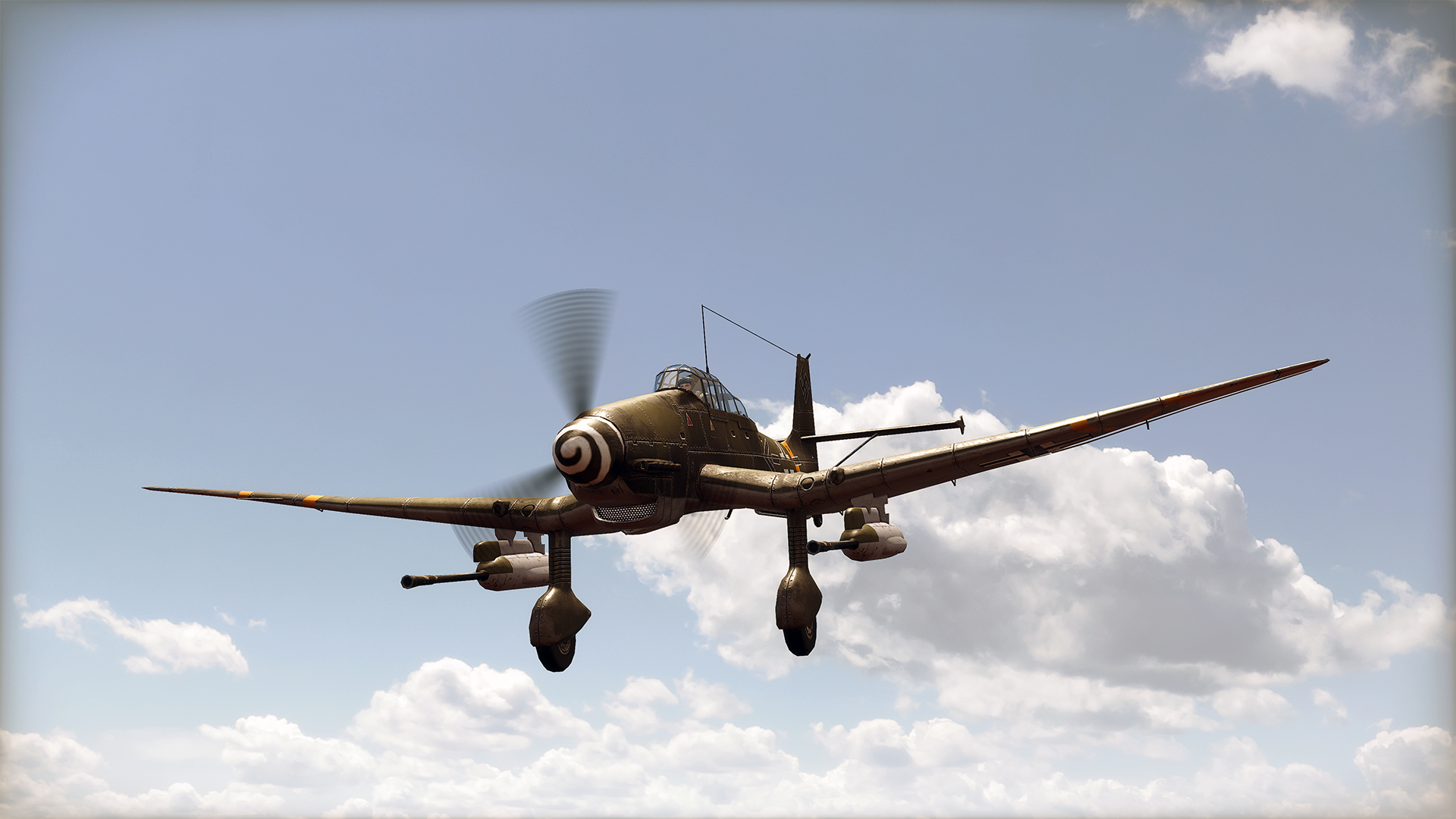
In January 1945, he was downed a final time, resulting in the amputation of his right leg below the knee. Still, Rudel crawled back into the cockpit, flying again with an artificial leg in the last months of the war, being credited with destroying a further 26 tanks.
Next to flying - and surviving - over 2500 attack missions and becoming the most decorated German serviceman, Rudel will be forever associated with designing the dedicated anti-tank plane Ju-87G “Panzerknacker” a Stuka with two 37mm anti-tank guns under its wings. During the Cold War, American designers would use his memoirs and input to create the legendary A-10 Warthog attack plane.
In Steel Division 2: Burning Baltics Rudel will fly his trademark Ju-87G Stuka.
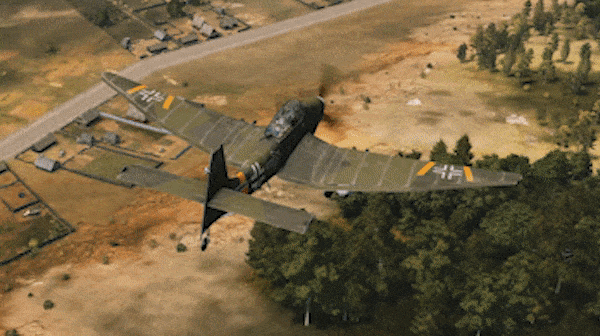
Our second Ace is the highly decorated veteran General Major Georgiy Nefedovich Zakharov - the flying General. As a volunteer, he flew his first combat missions (with biplanes) during the Spanish Civil War. He continued to fly, rather unusually participating in the Chinese-Japanese War (before it became part of World War II), where he crash-landed far from home. Zakharov had to wait three days with a shattered arm before being rescued and taken to a hospital.
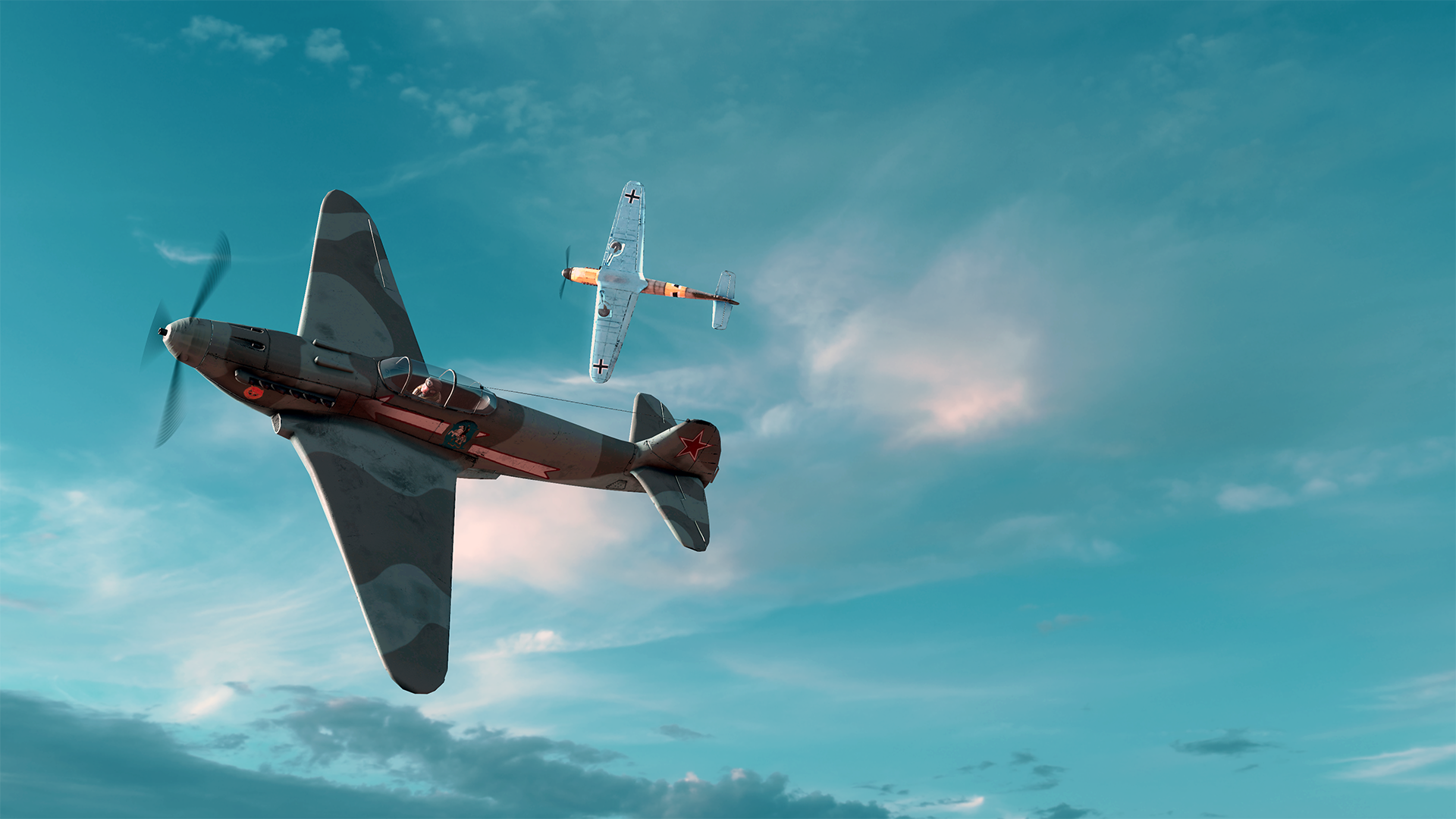
In 1941, as one of the most experienced pilots and commanders of his generation, he was promoted to Major-General at 33. Despite his high rank, he kept on flying, making as many kills as he did after becoming General as he did flying before. During the Battle of Kursk in 1943, he became the commander of the 303 IAD fighter division, which he would lead up until the end of the war.
This formation became famous due to the inclusion of the Free French Normandy regiment. In 1945, when the French pilots were released from service, they were each gifted personally a Yak-3 fighter by Stalin in person. Zakharov took direct command of them, leading the pilots on their last journey back to France.
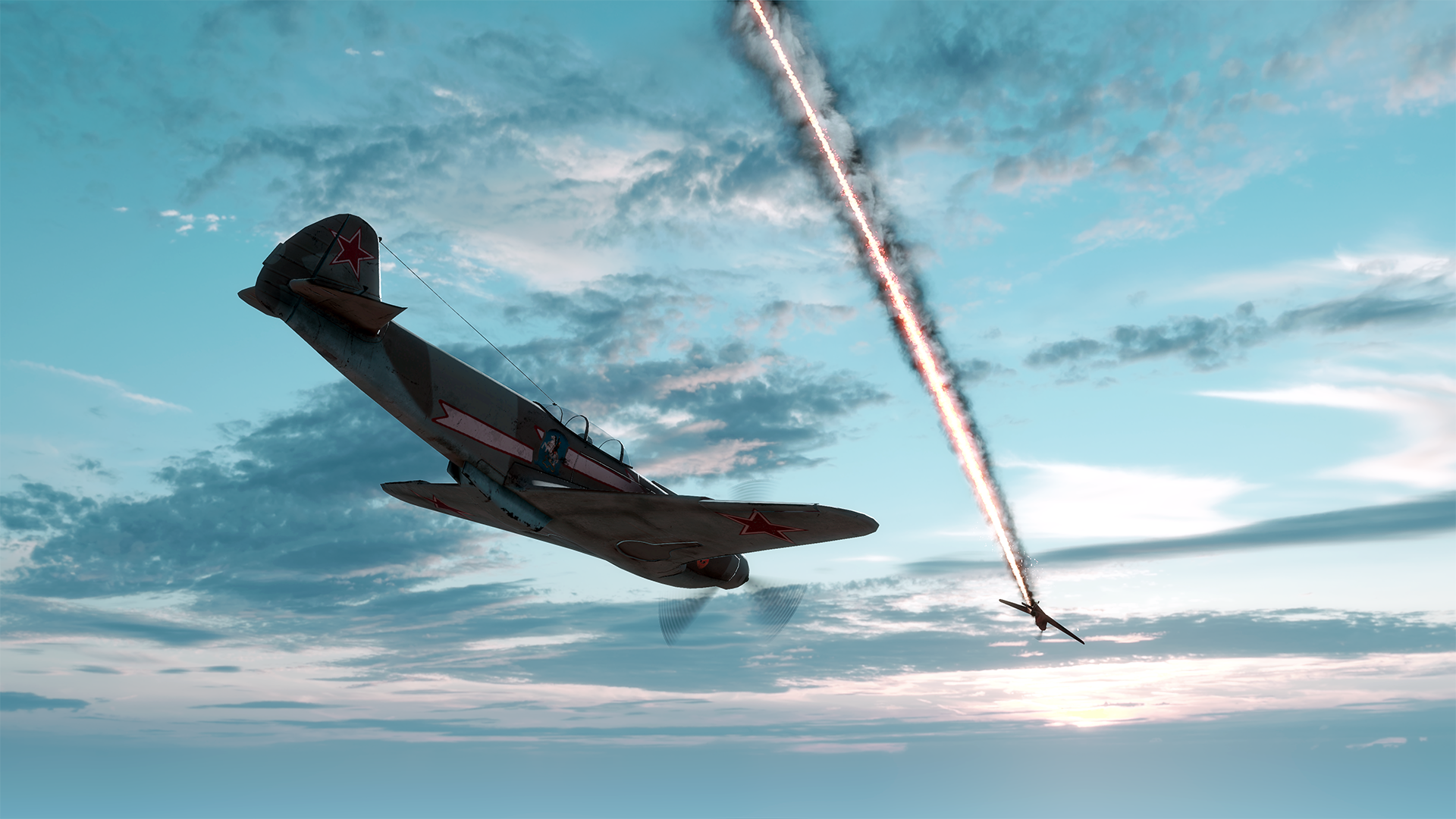
Zakharov’s plane was decorated with a horse-mounted lancer slaying a snake with the face of Goebbels. Having shot down ten planes across 150 sorties, our flying General was awarded the Hero of the Soviet Union and the Order of Lenin. At the same time, in France, he received the Legion d'Honneur and was made an honorary citizen of Paris in recognition of his achievements during the war.
In Steel Division 2: Burning Baltics Zakharov will be found piloting a Yak-3 fighter.
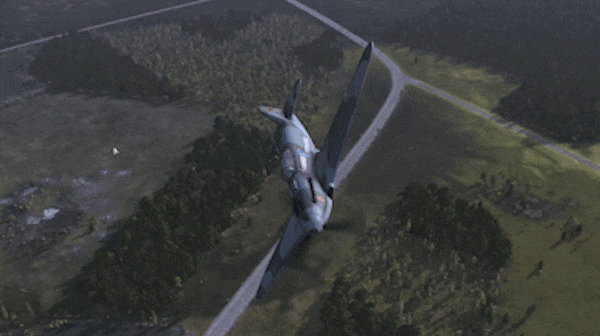
Steel Division 2: Burning Baltics is the latest in-depth History Expansion. It will feature:
Do you want to know more about the new Divisions? Be sure to check out various Versus articles:
And that’s a wrap! Let us know what you think. We always listen!
If you want to reach out to us, you can do this through our Steam forums and Eugen forums, or check our (Facebook and Twitter). Looking for an online game? Visit the kick-ass Discord server or Reddit page.
See you next week, commander!
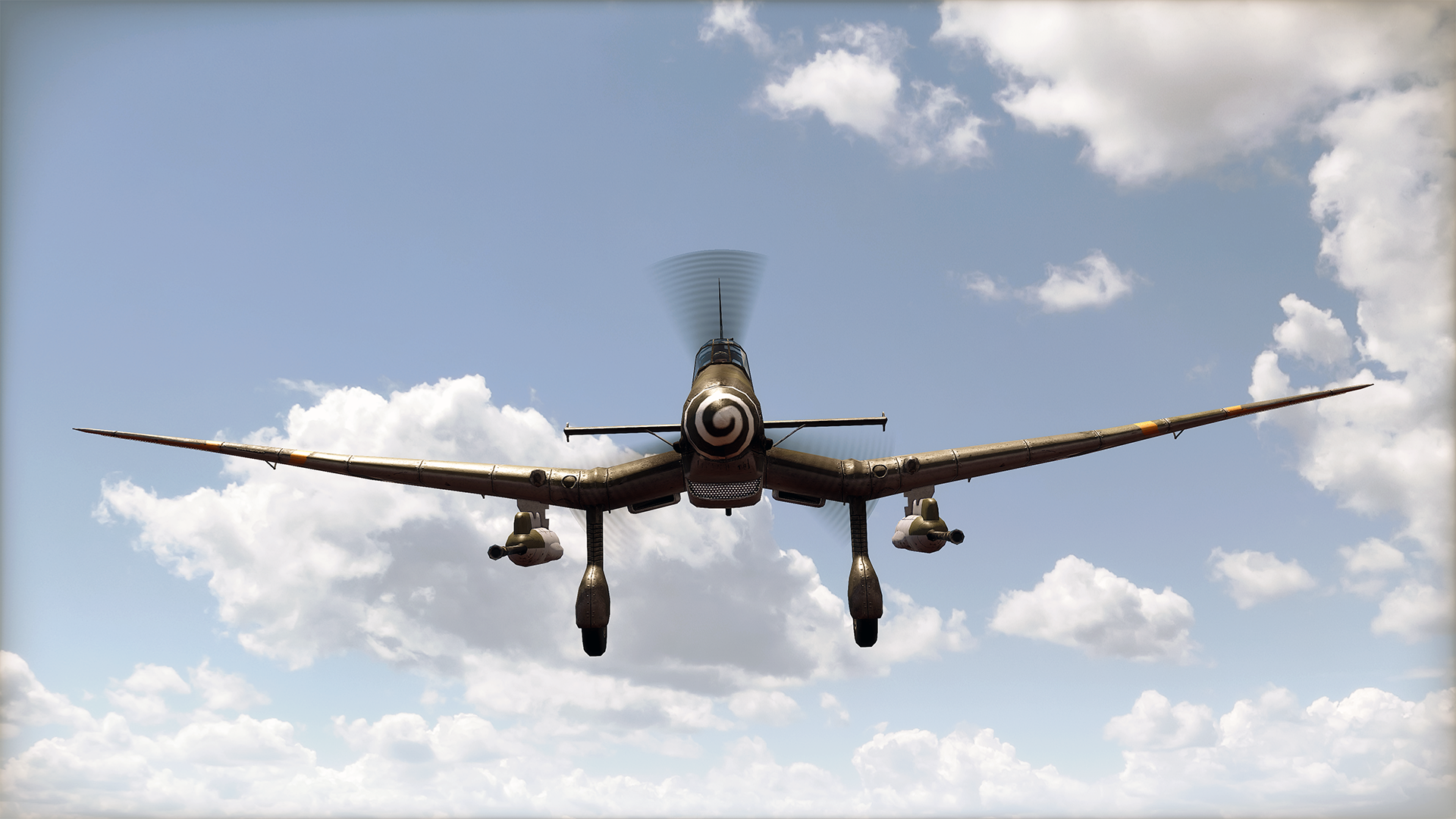
In today’s post, we take a look at the two unique Aces which will ship with the new Steel Division 2: Burning Baltics History Expansion. Who? Nothing less than the most decorated German serviceman, Colonel (Oberst) Hans-Ulrich Rudel, and the veteran General Major Georgiy Nefedovich Zakharov.

Steel Division 2 Aces
As with our previous History Expansions for Steel Division 2, two Aces will be featured with Steel Division 2: Burning Baltics. These special gold-rimmed units are unique: they are commanded by real-life war heroes and feature special in-game camouflage patterns to set them apart from their regular counterparts.
Note: our Ace units don’t offer any gameplay advantage over their vanilla versions.
Colonel (Oberst) Hans-Ulrich Rudel
That’s right, Steel Division 2: Burning Baltics will feature one of the most famous German fliers of World War II and the most decorated to boot: the renowned ground-attack pilot Hans-Ulrich Rudel. He is the only recipient of the unique Knight's Cross with Golden Oak Leaves, Swords, and Diamonds, an ultra-rare medal intended for the 12 most distinguished servicemen of the Third Reich, to be awarded after the war’s end. Only Rudel received his; U.S. forces confiscated the rest.

As a pilot, Rudel was most famously known as a tank buster, even though he only started flying fighter-bombers in 1941 at the start of Operation Barbarossa. Before this date, he was merely an air observer flying long-range reconnaissance missions. Having retrained as a Stuka pilot, Rudel was famously credited for sinking the moored Soviet battleship Marat of the Baltic Fleet, in an attack during the initial invasion of the Soviet Union in September 1941.
He took part in many famous battles, including Operation Typhoon - the failed German offensive aimed at taking Moscow - Stalingrad, Kursk, Crimea, Romania… and Operation Doppelkopf. During the war, he was credited with destroying hundreds of tanks and vehicles, several ships and landing craft, and over 150 artillery guns. These victories didn’t come easy: Rudel was shot down or forced to land around 30 times, including several occasions behind enemy lines.

In January 1945, he was downed a final time, resulting in the amputation of his right leg below the knee. Still, Rudel crawled back into the cockpit, flying again with an artificial leg in the last months of the war, being credited with destroying a further 26 tanks.
Next to flying - and surviving - over 2500 attack missions and becoming the most decorated German serviceman, Rudel will be forever associated with designing the dedicated anti-tank plane Ju-87G “Panzerknacker” a Stuka with two 37mm anti-tank guns under its wings. During the Cold War, American designers would use his memoirs and input to create the legendary A-10 Warthog attack plane.
In Steel Division 2: Burning Baltics Rudel will fly his trademark Ju-87G Stuka.

General Major Georgiy Nefedovich Zakharov
Our second Ace is the highly decorated veteran General Major Georgiy Nefedovich Zakharov - the flying General. As a volunteer, he flew his first combat missions (with biplanes) during the Spanish Civil War. He continued to fly, rather unusually participating in the Chinese-Japanese War (before it became part of World War II), where he crash-landed far from home. Zakharov had to wait three days with a shattered arm before being rescued and taken to a hospital.

In 1941, as one of the most experienced pilots and commanders of his generation, he was promoted to Major-General at 33. Despite his high rank, he kept on flying, making as many kills as he did after becoming General as he did flying before. During the Battle of Kursk in 1943, he became the commander of the 303 IAD fighter division, which he would lead up until the end of the war.
This formation became famous due to the inclusion of the Free French Normandy regiment. In 1945, when the French pilots were released from service, they were each gifted personally a Yak-3 fighter by Stalin in person. Zakharov took direct command of them, leading the pilots on their last journey back to France.

Zakharov’s plane was decorated with a horse-mounted lancer slaying a snake with the face of Goebbels. Having shot down ten planes across 150 sorties, our flying General was awarded the Hero of the Soviet Union and the Order of Lenin. At the same time, in France, he received the Legion d'Honneur and was made an honorary citizen of Paris in recognition of his achievements during the war.
In Steel Division 2: Burning Baltics Zakharov will be found piloting a Yak-3 fighter.

What can you expect from Steel Division 2: Burning Baltics?
Steel Division 2: Burning Baltics is the latest in-depth History Expansion. It will feature:
- 1 massive new Army General campaign set in the Baltics during Operation Doppelkopf, allowing you to take command of either the attacking Axis 3. Panzerarmee or the defending Allied 1st Baltic Front.
- 8 new Divisions, playable solo, coop, or in multiplayer, including 6 which took part during Doppelkopf and 2 divisions from Army Group North’s theater of operations.
- 120+ new units, including a variety of new models such as Aufklärungspanzer 38(t) recon tank, Ar 196 A-3 floatplane, Soviet MT-13 160mm super-heavy mortar and the BS-3 100mm heavy AT gun.
- 2 new Nations: Lithuania (Axis) and Estonia (Allies) and 2 new Aces.
Do you want to know more about the new Divisions? Be sure to check out various Versus articles:
- The first Steel Division 2: Burning Baltics Versus takes an in-depth look at the two Armored battlegroups featured: the Panzerverband Strachwitzcheck and the 19-y Tank Corpus.
- The second Steel Division 2: Burning Baltics Versus dives deep into the two Mechanized battlegroups: Panzergrenadier-Division “Grossdeutschland” and Rezerv 43-y Armii.
- The third Steel Division 2: Burning Baltics Versus puts the spotlight on the Infantry battlegroups with the 52. Sicherungs-Division z.b.V. and the Podv. Gruppa Fedyunkin.
- The ultimate Steel Division 2: Burning Baltics Versus highlights two special battlegroups from Army Group North theater of operations:
the 11. SS-Freiwilligen Panzergrenadier-Division “Nordland” and the 7. Eesti Laskurdiviis (7th Estonian Rifle Division).
See you next week
And that’s a wrap! Let us know what you think. We always listen!
If you want to reach out to us, you can do this through our Steam forums and Eugen forums, or check our (Facebook and Twitter). Looking for an online game? Visit the kick-ass Discord server or Reddit page.
See you next week, commander!







